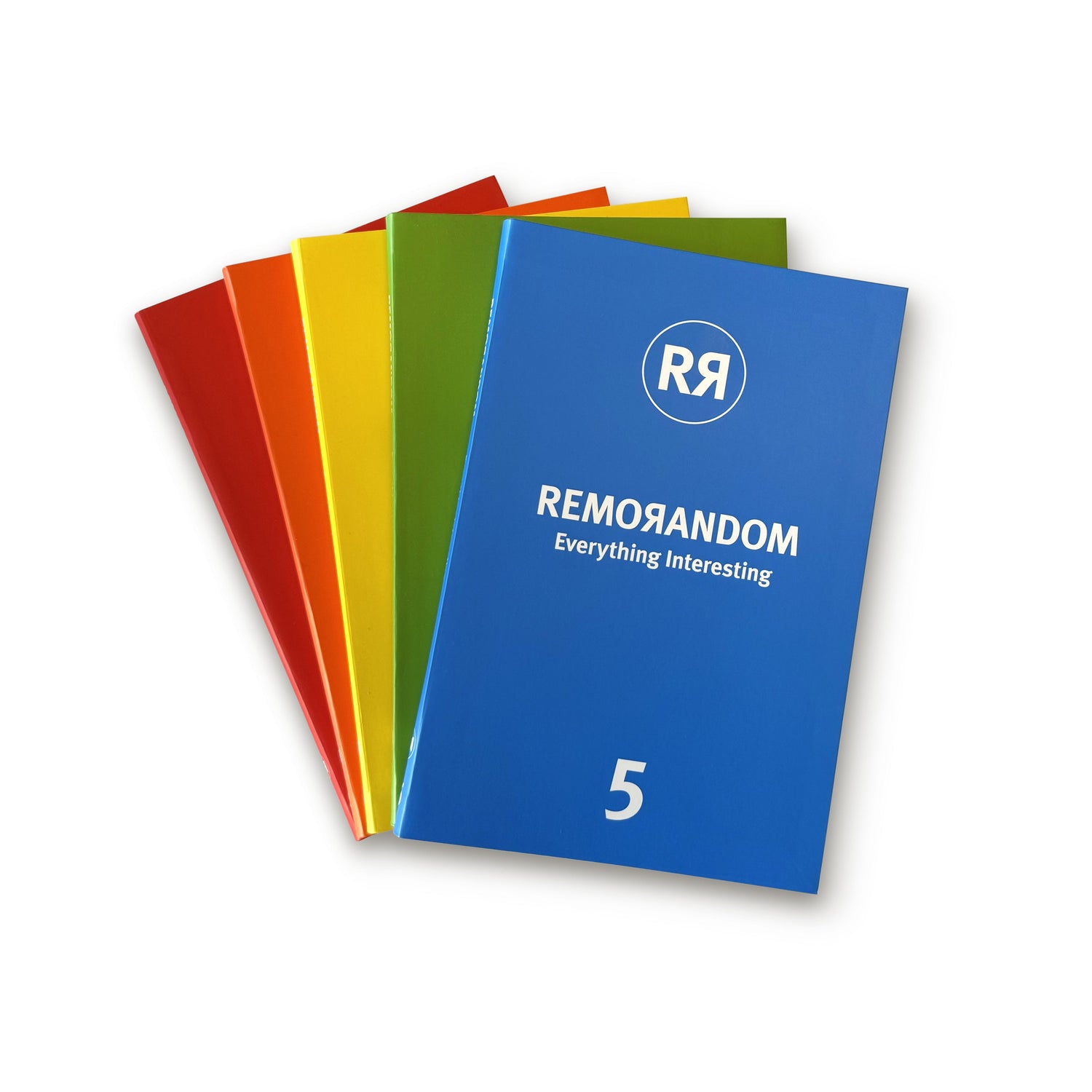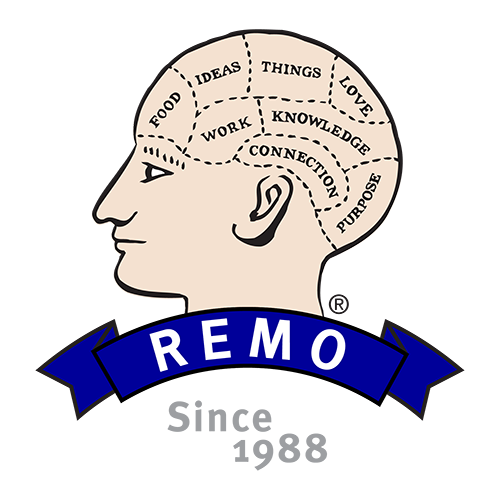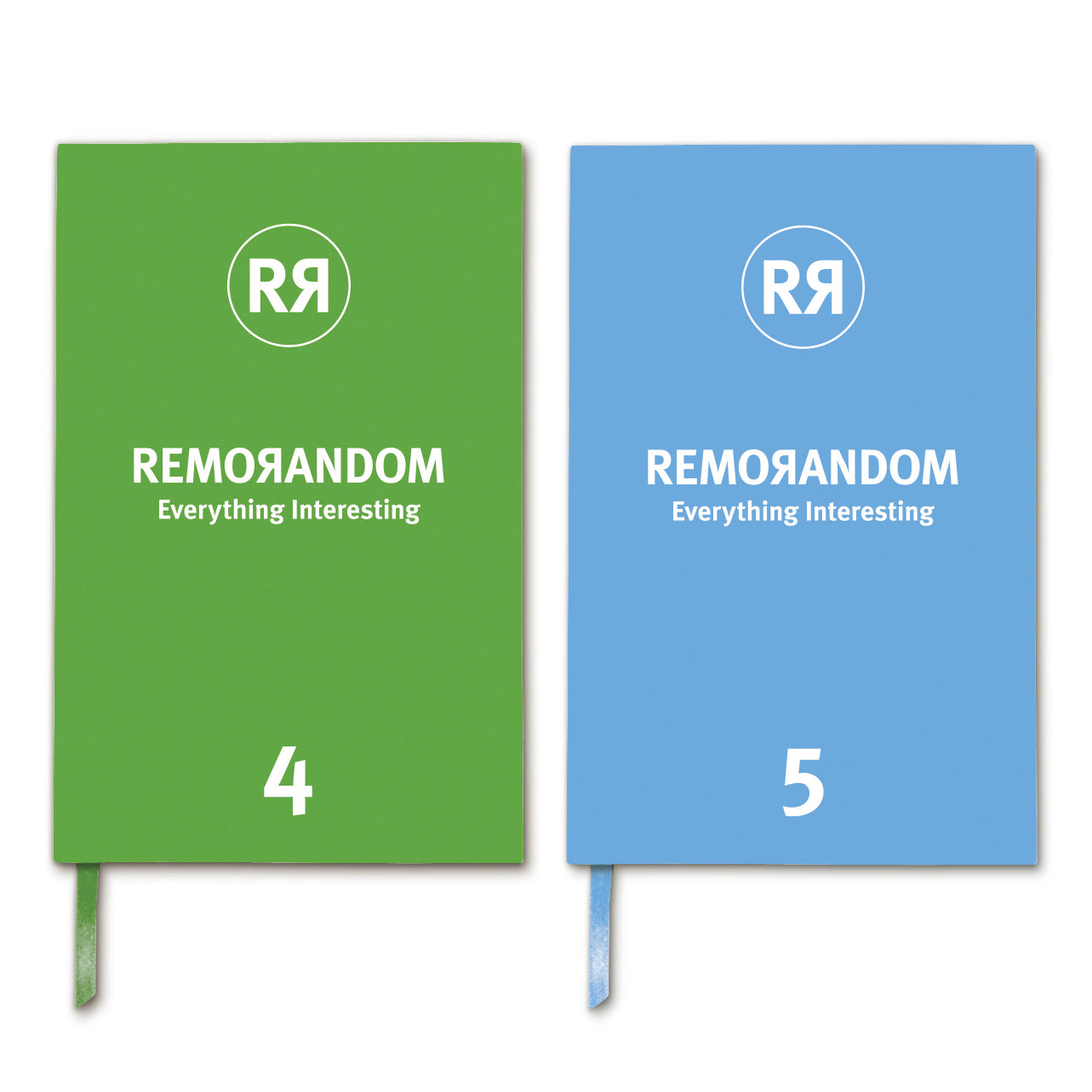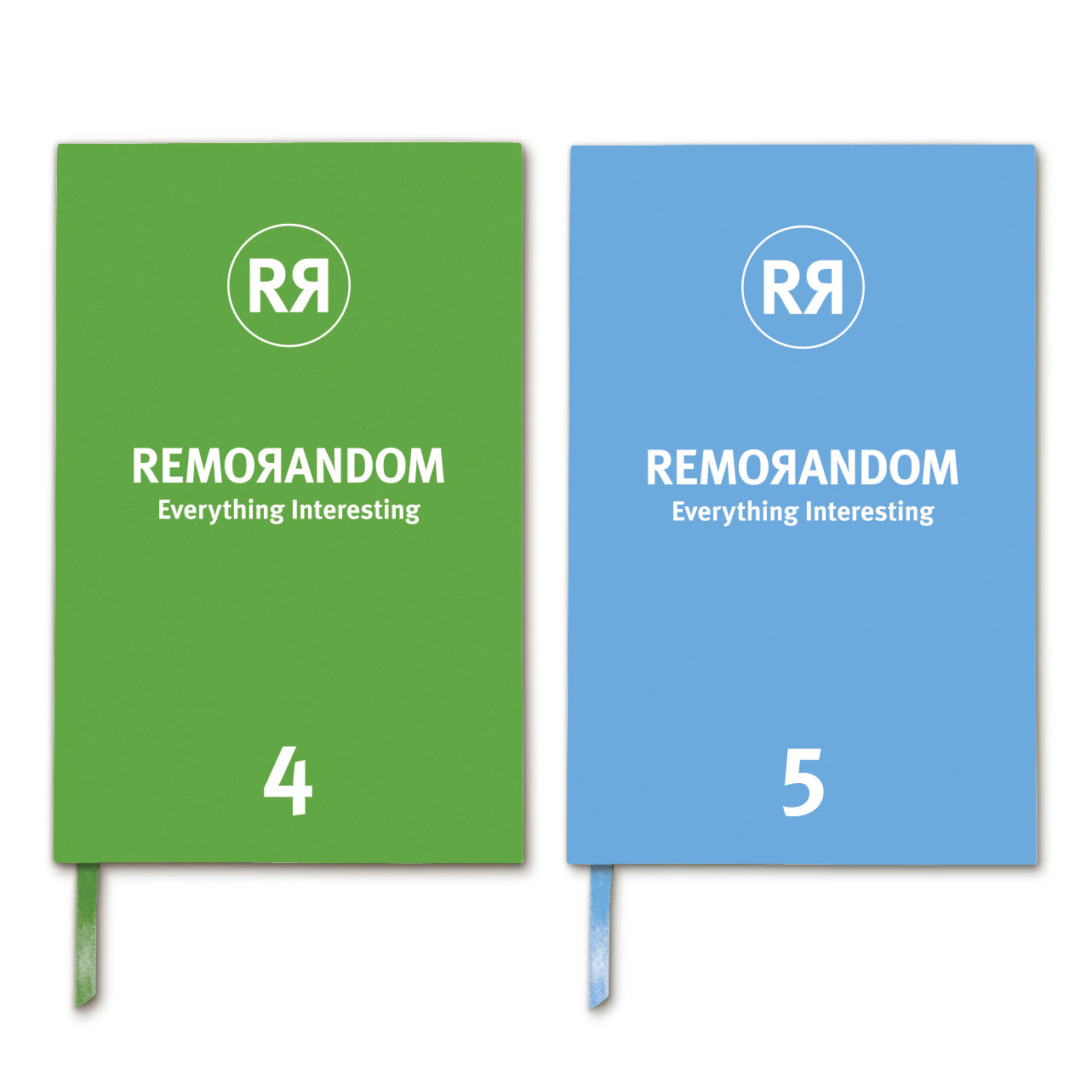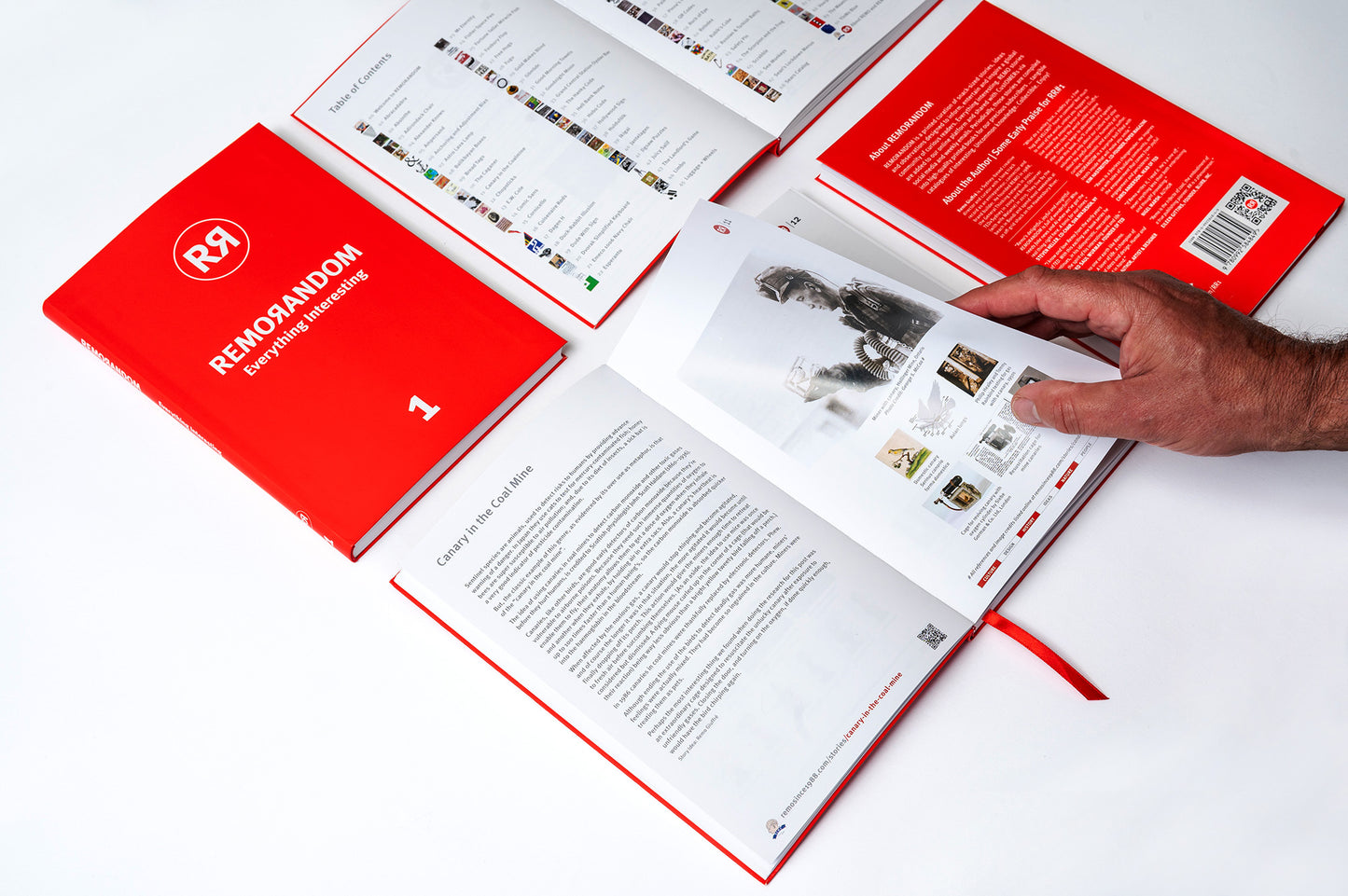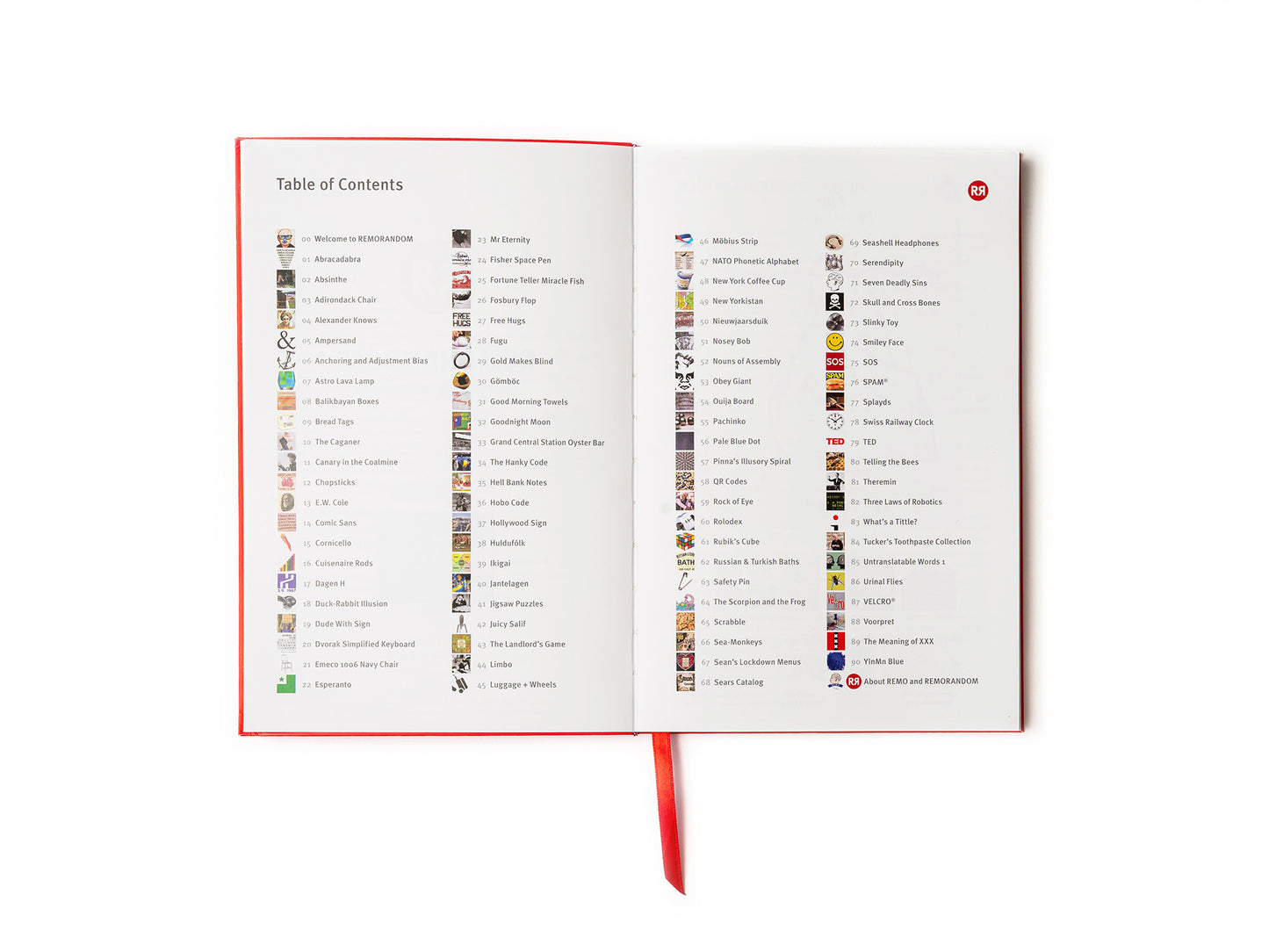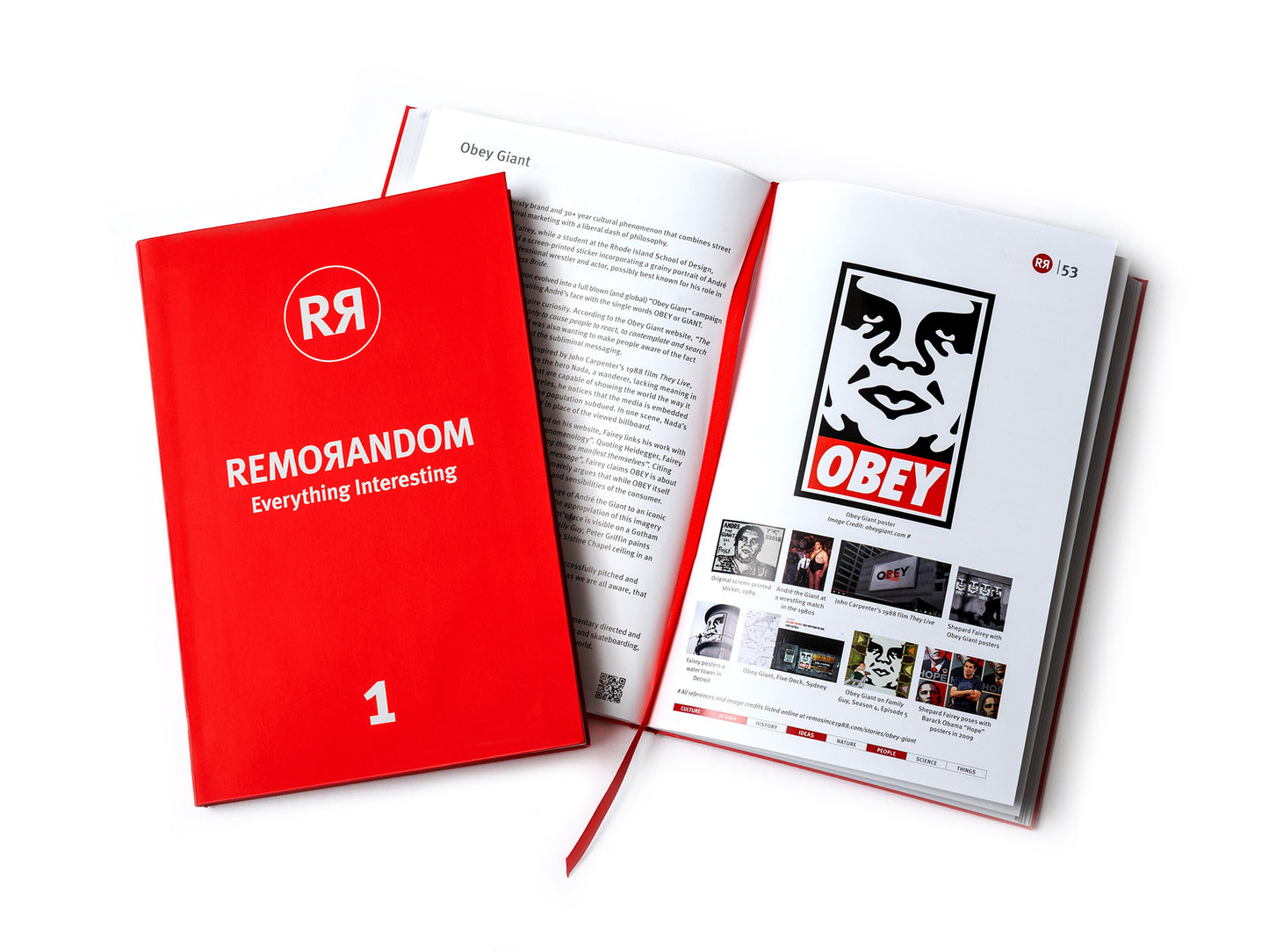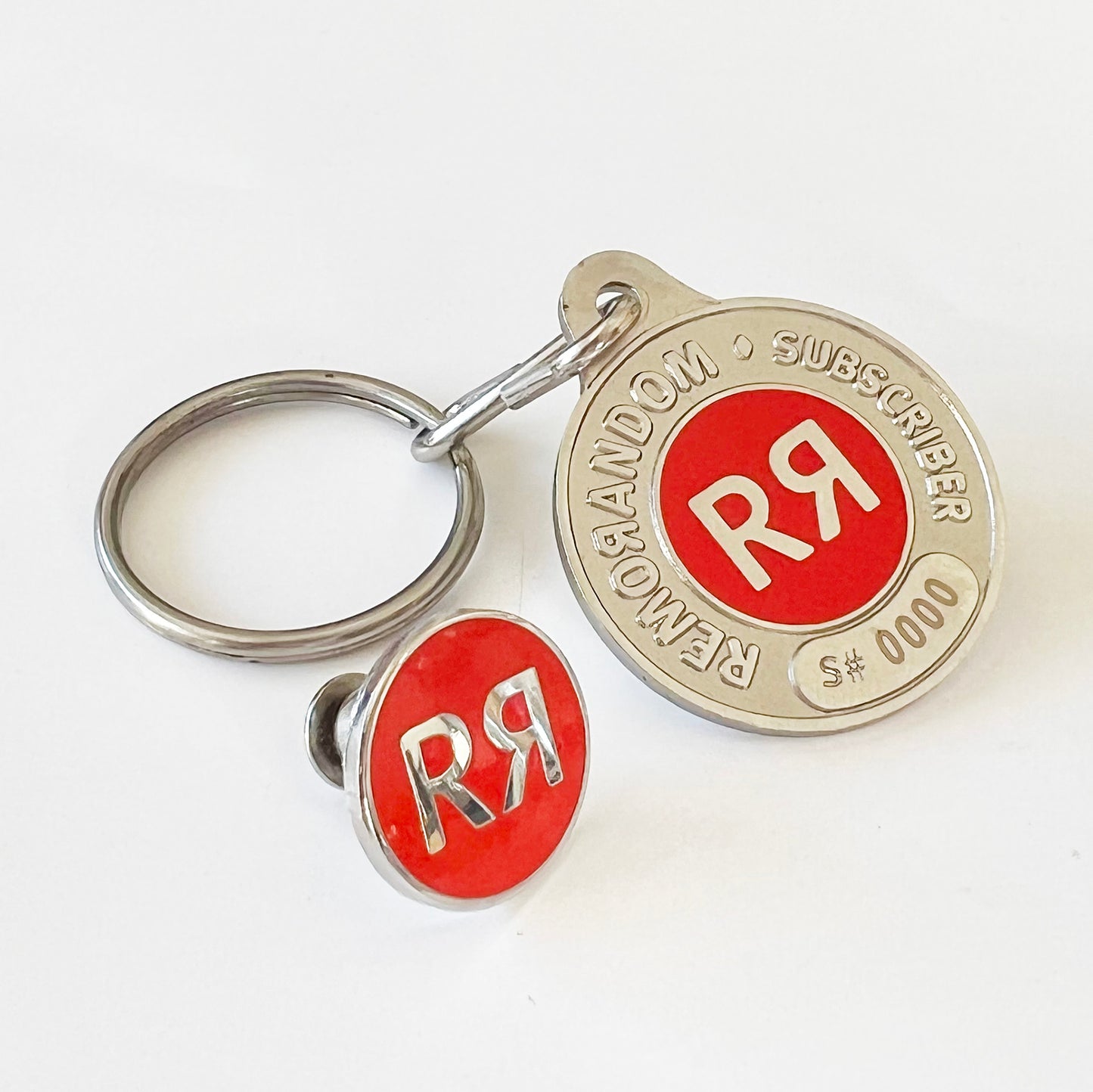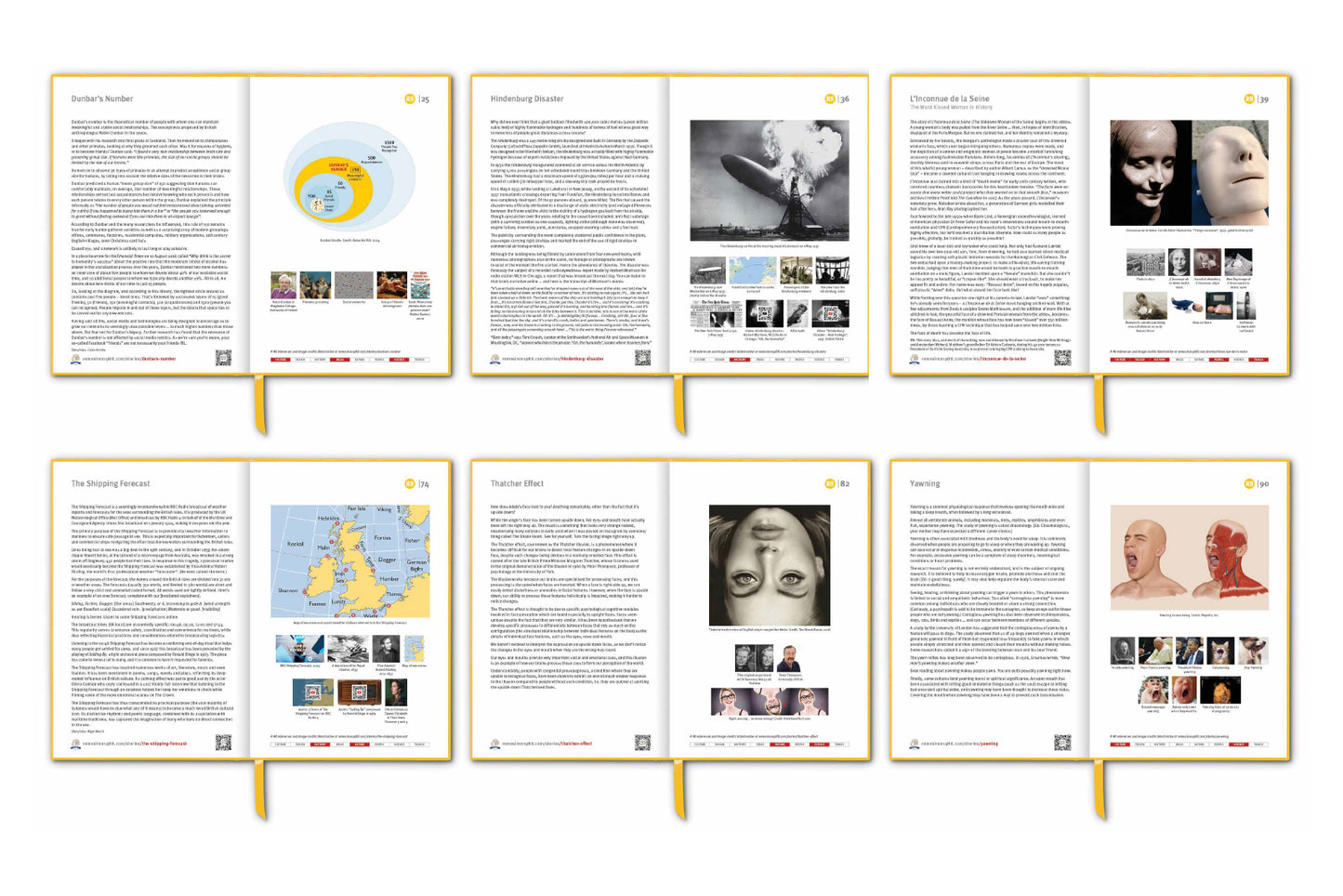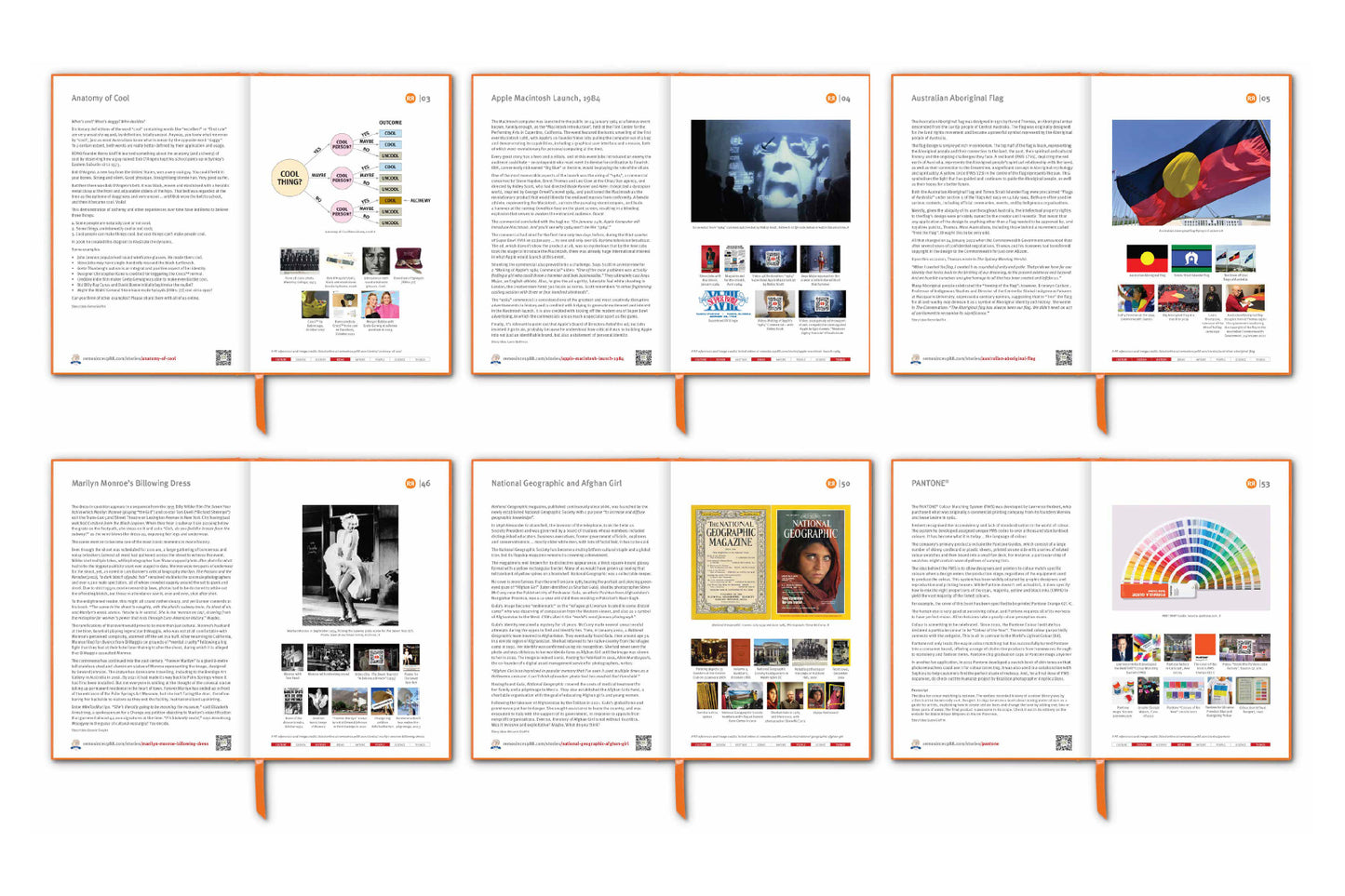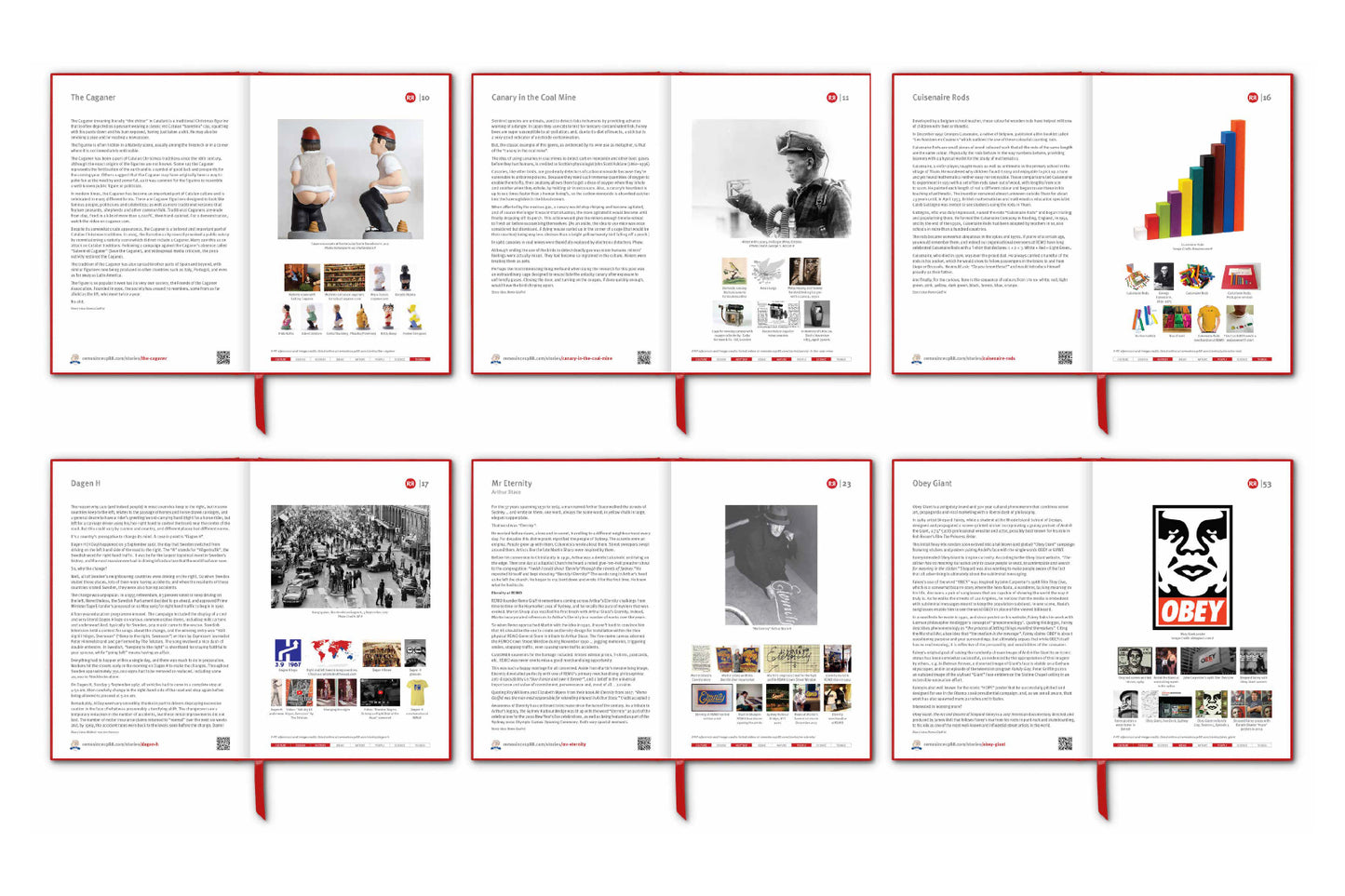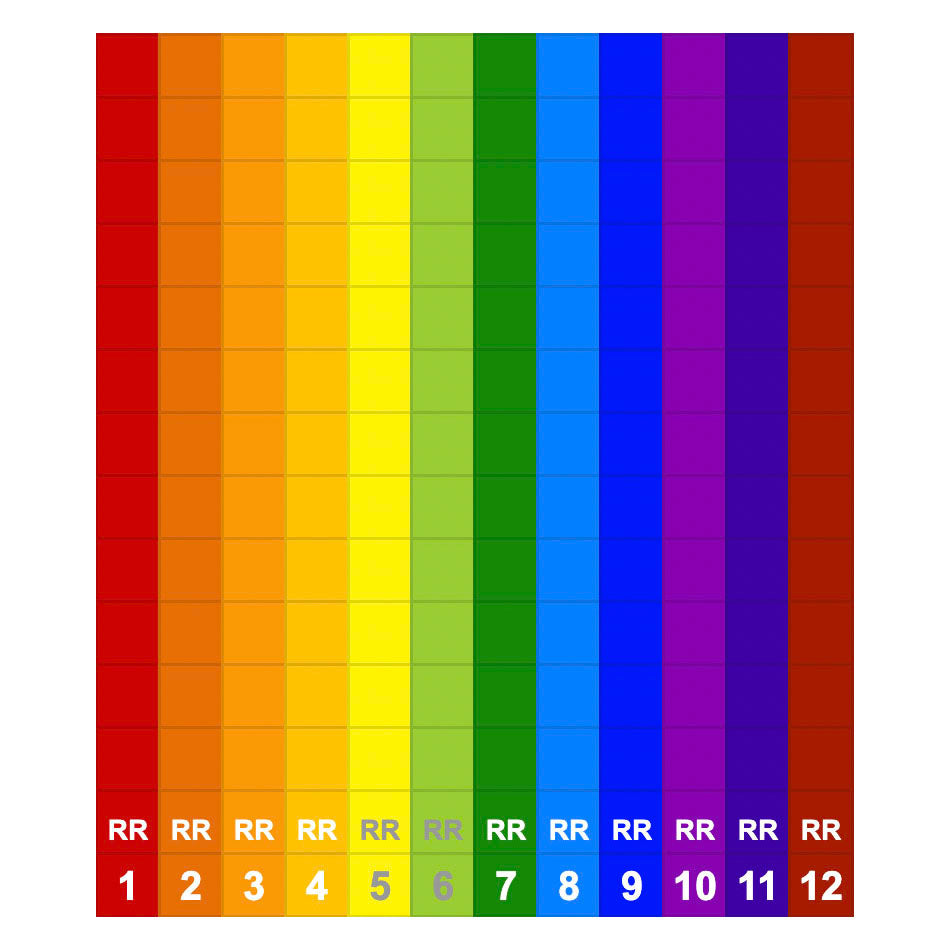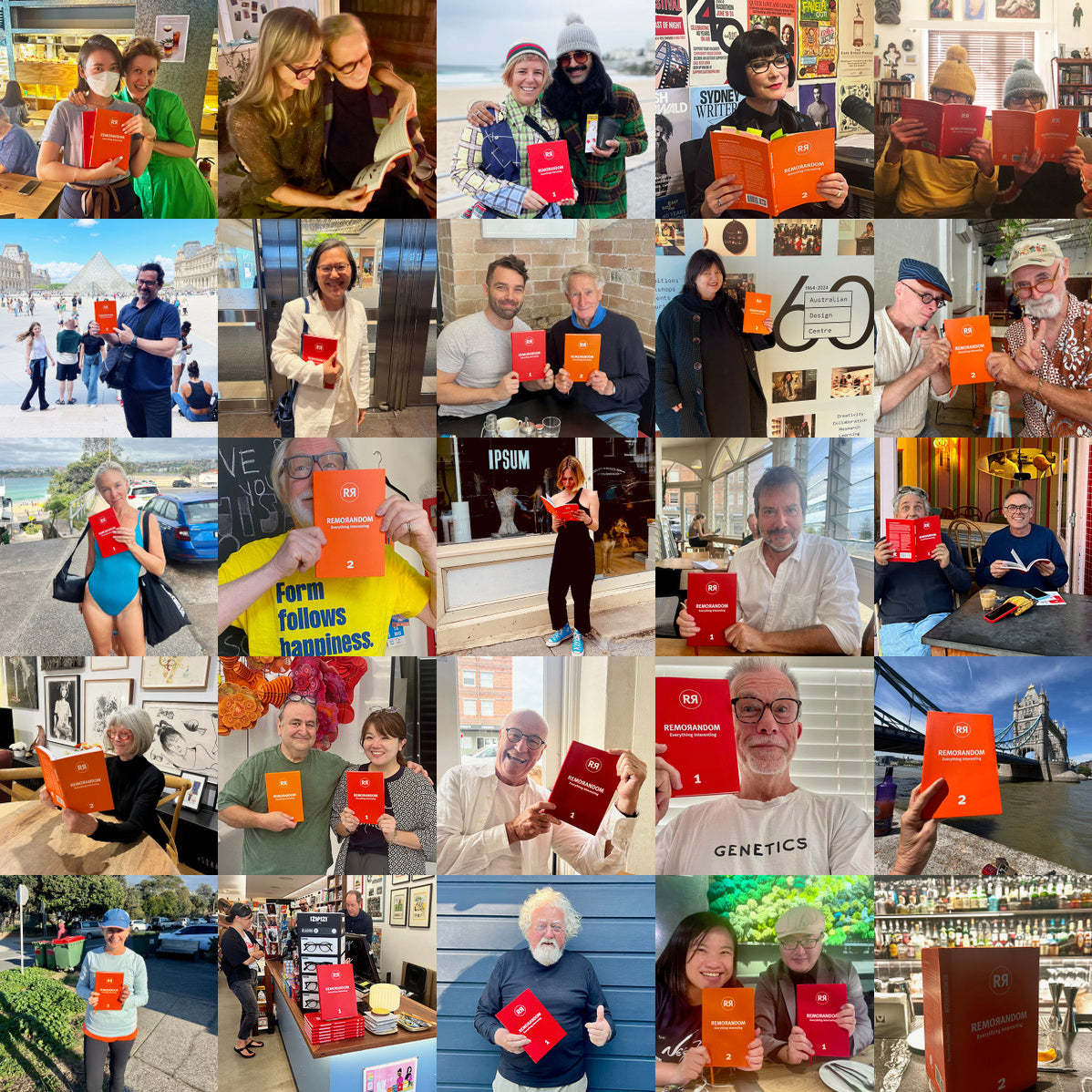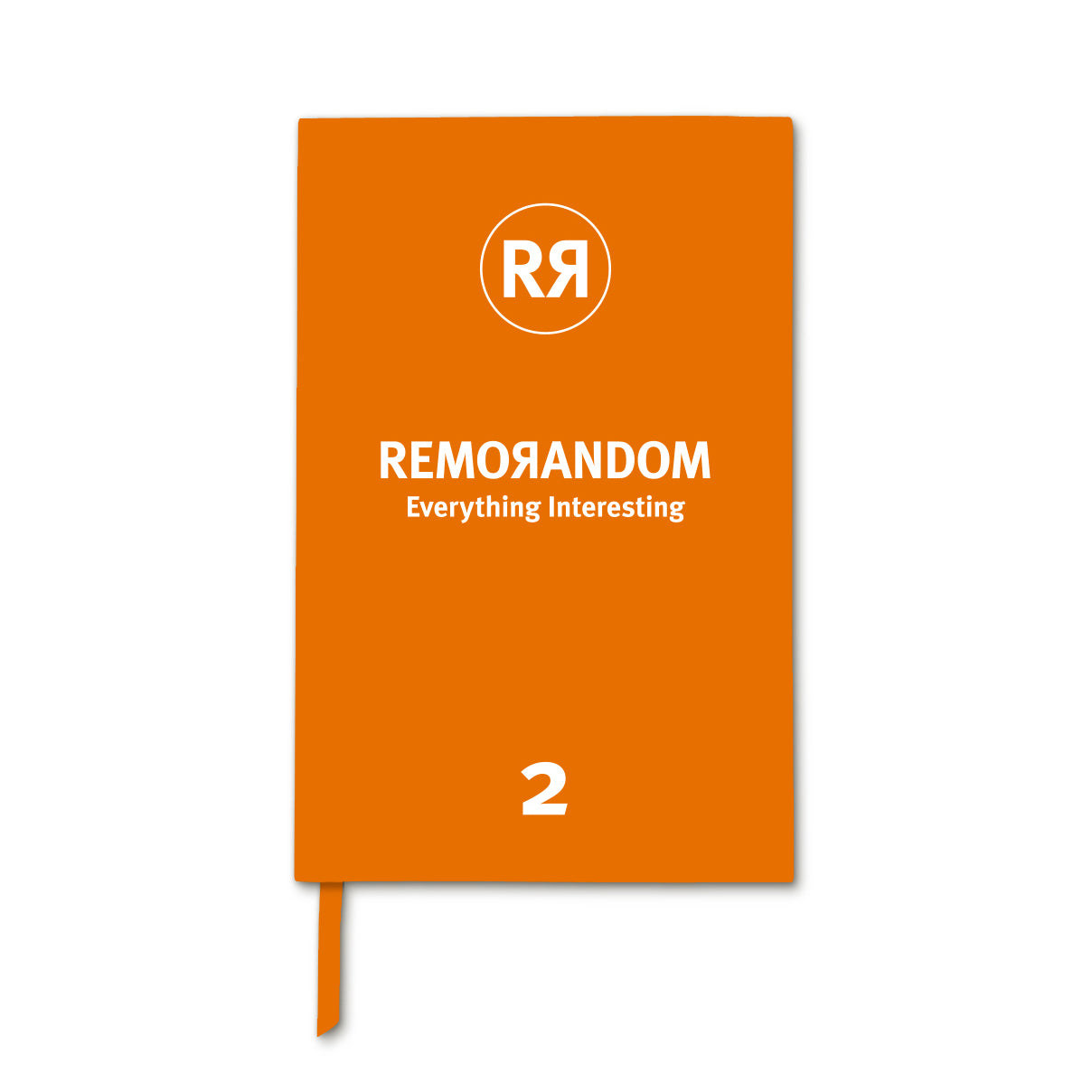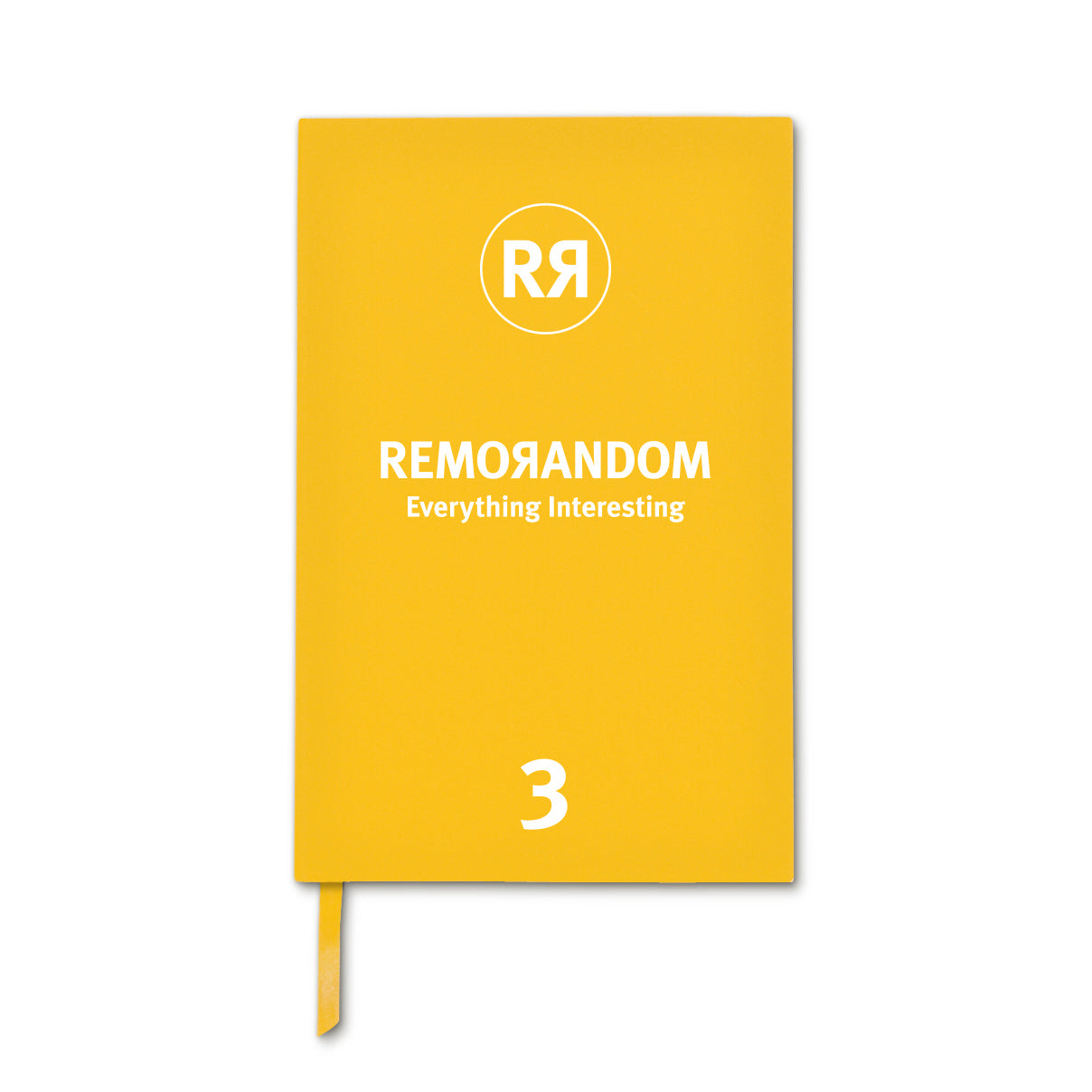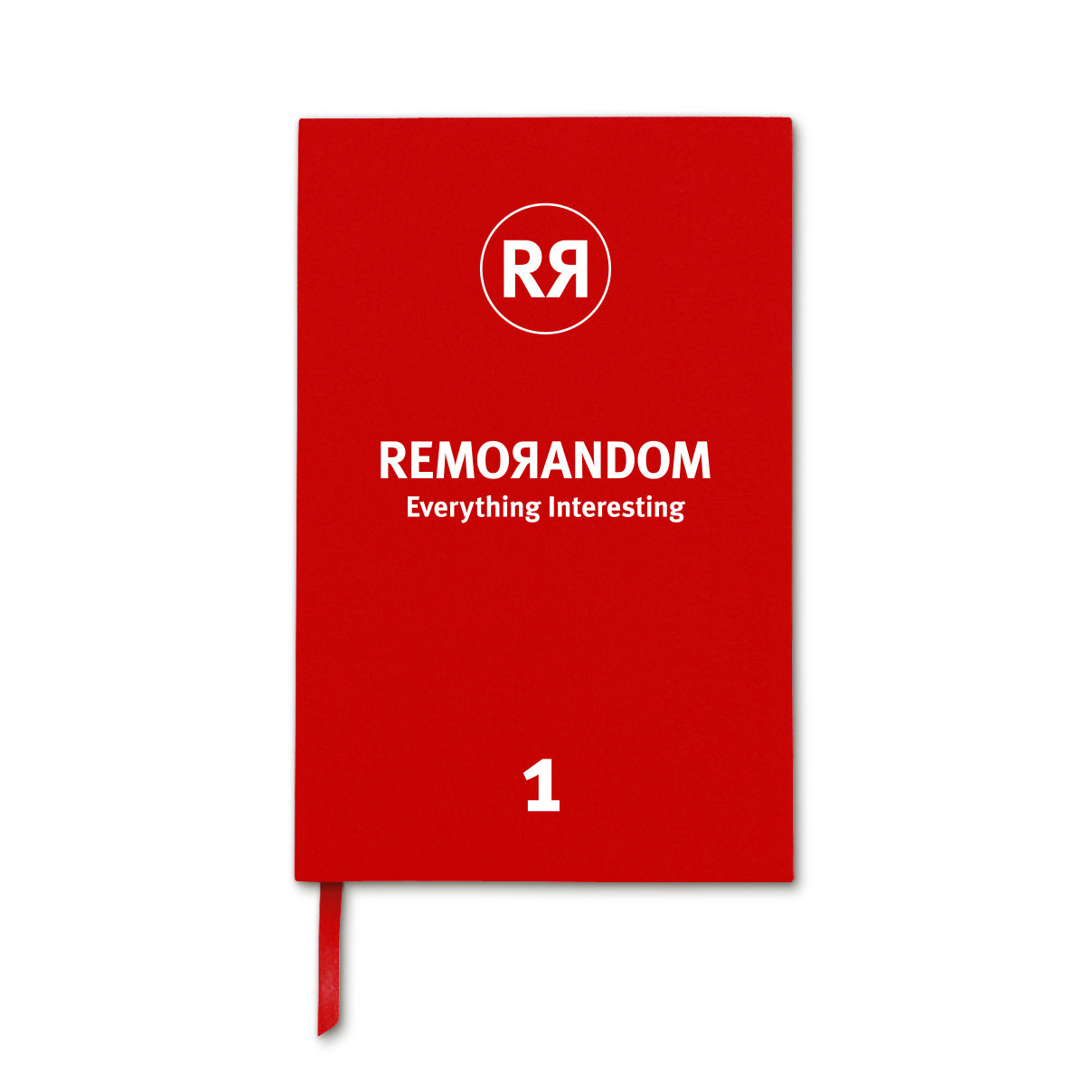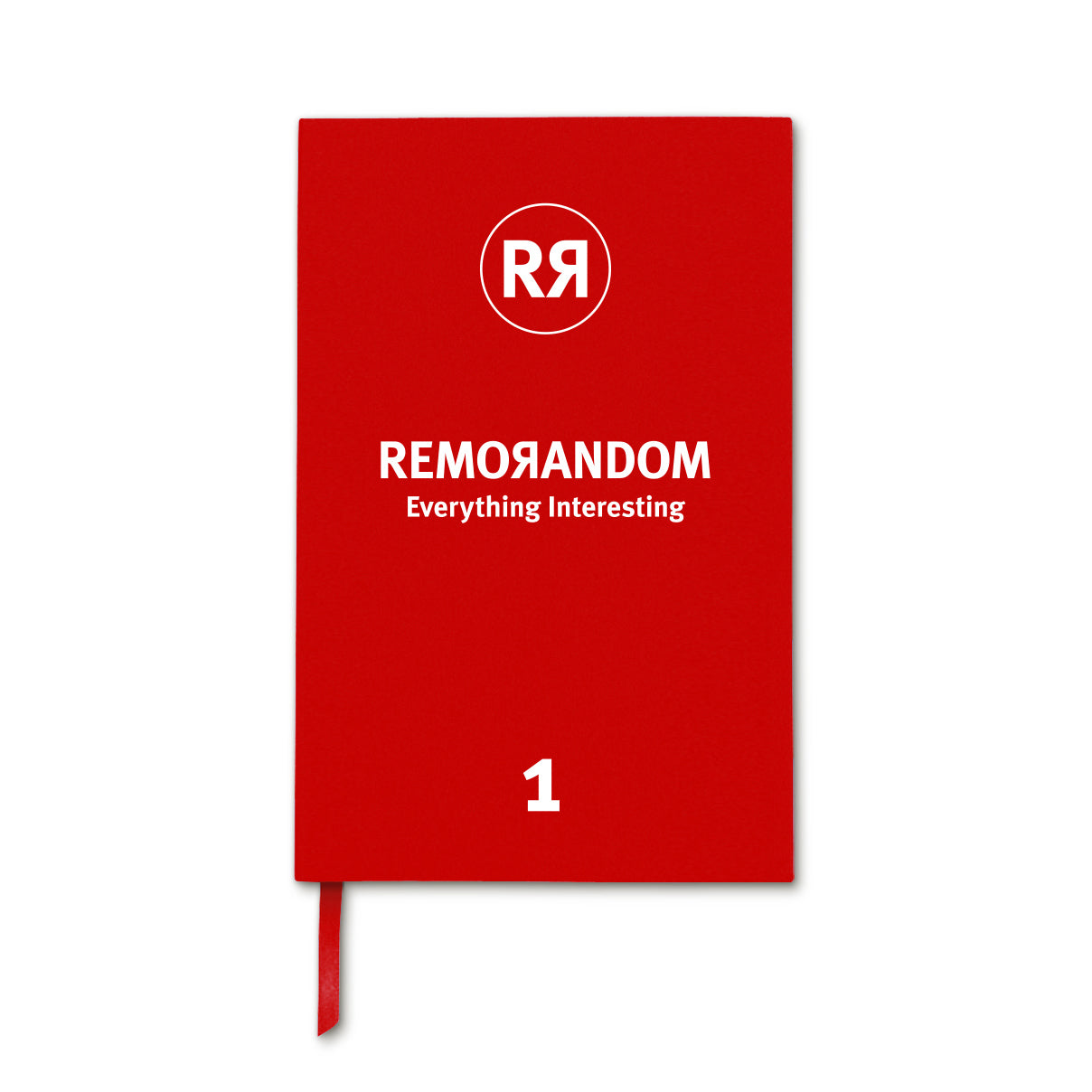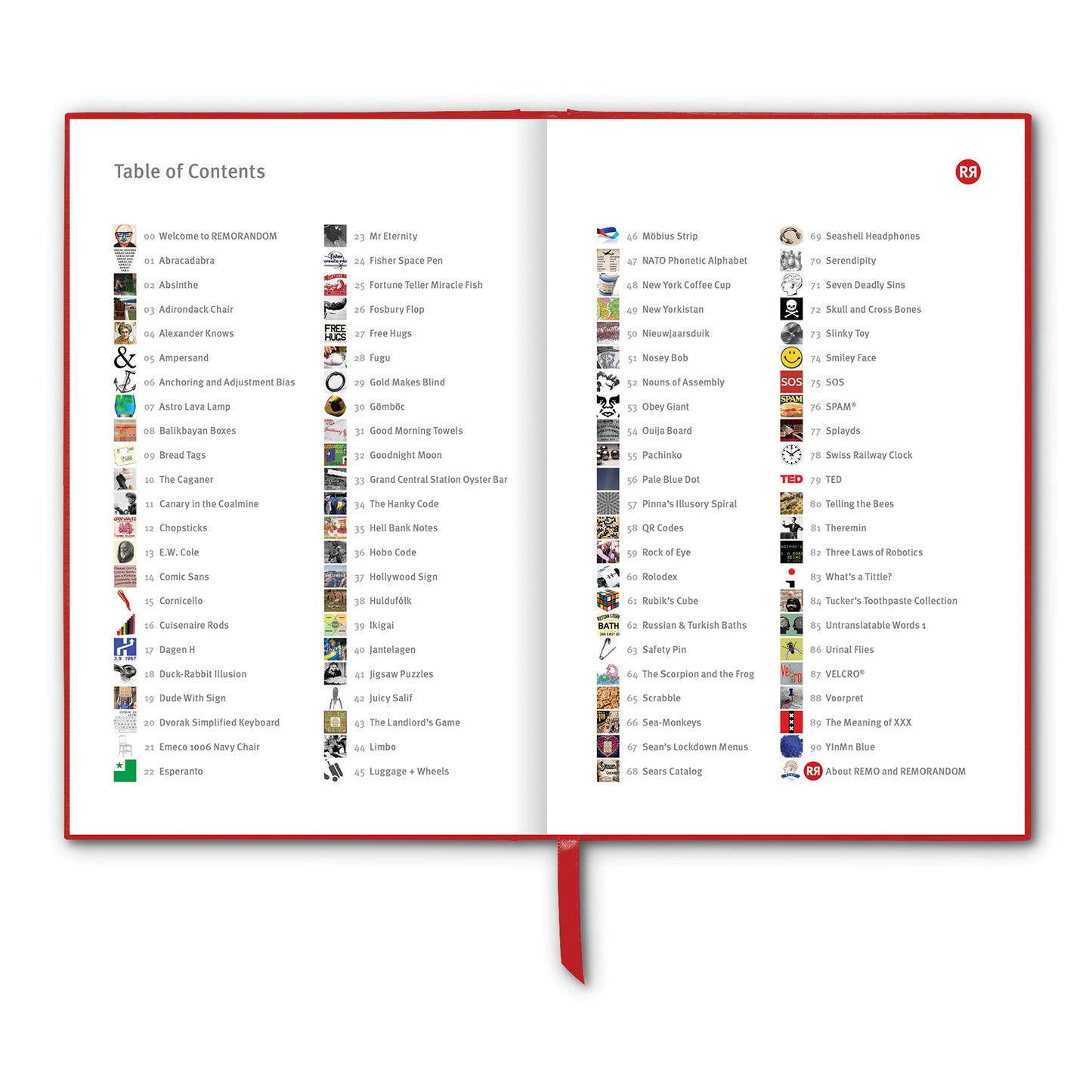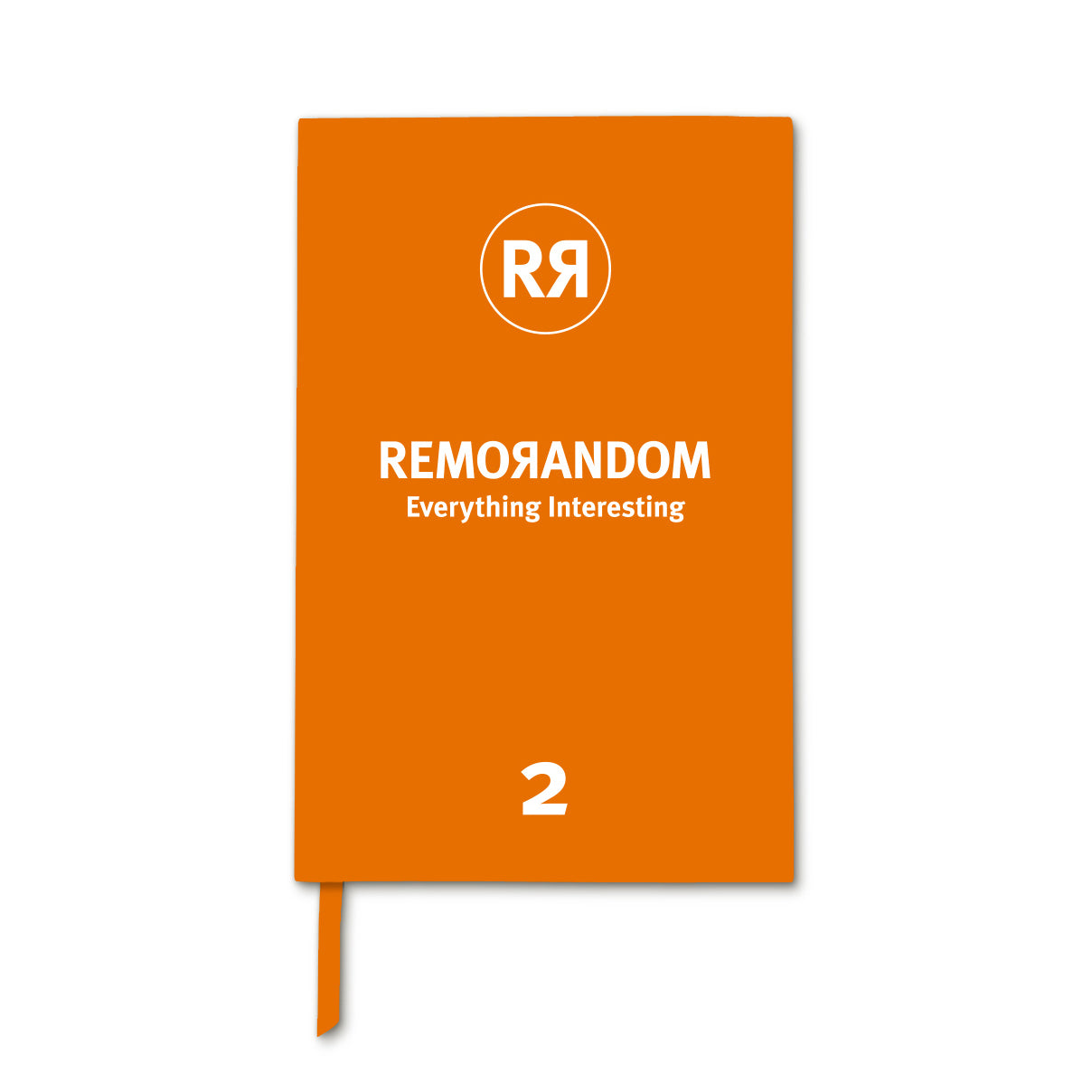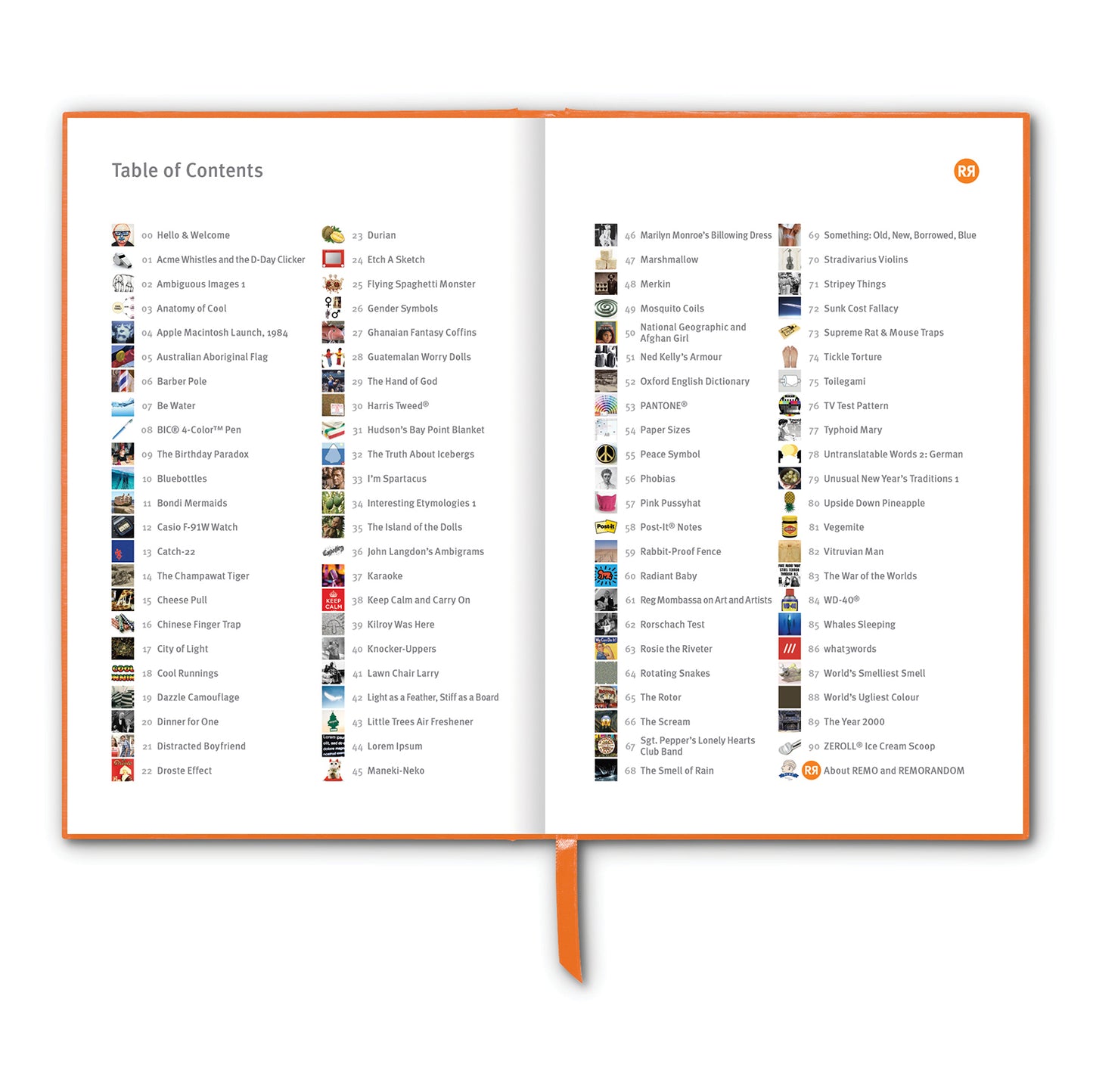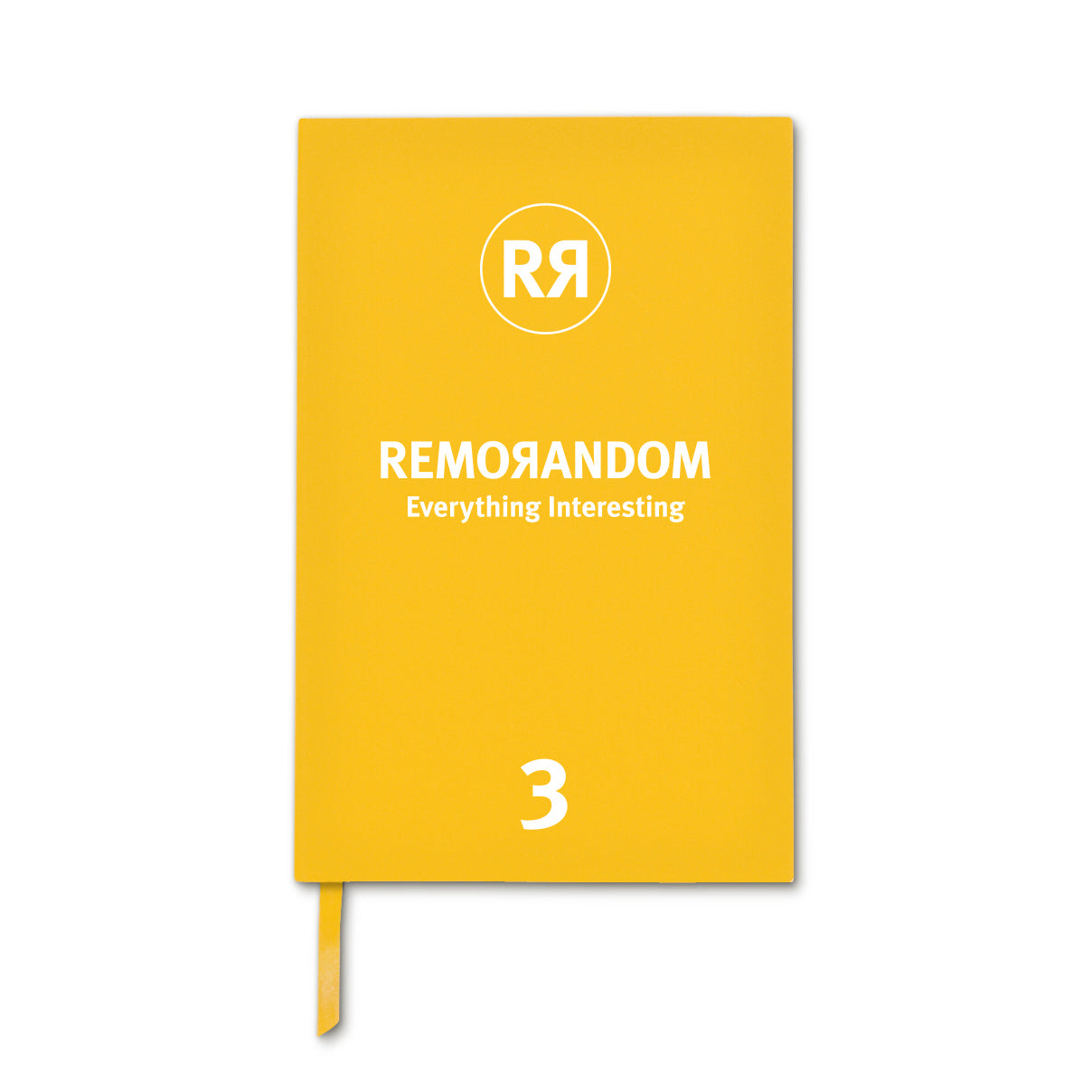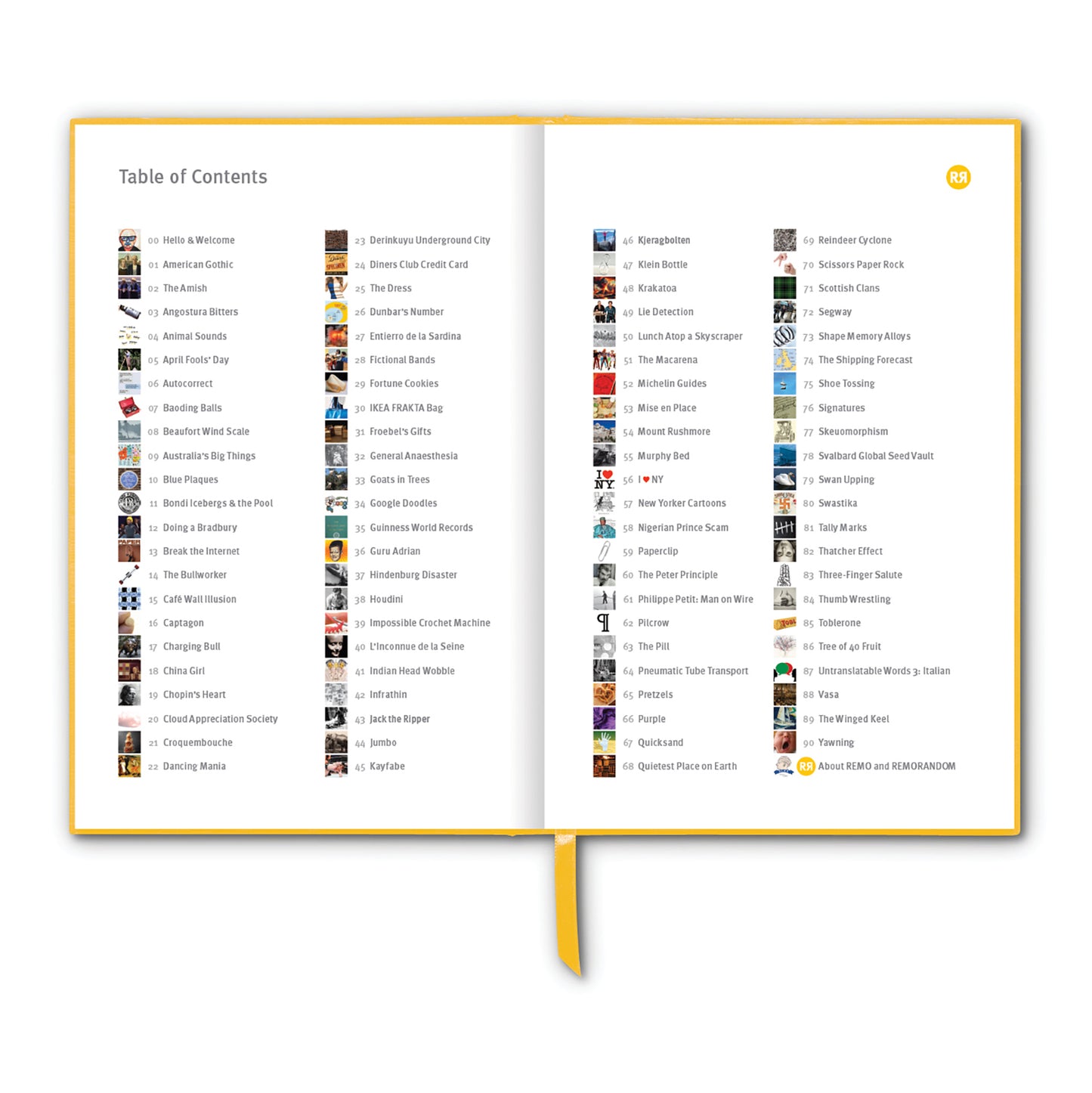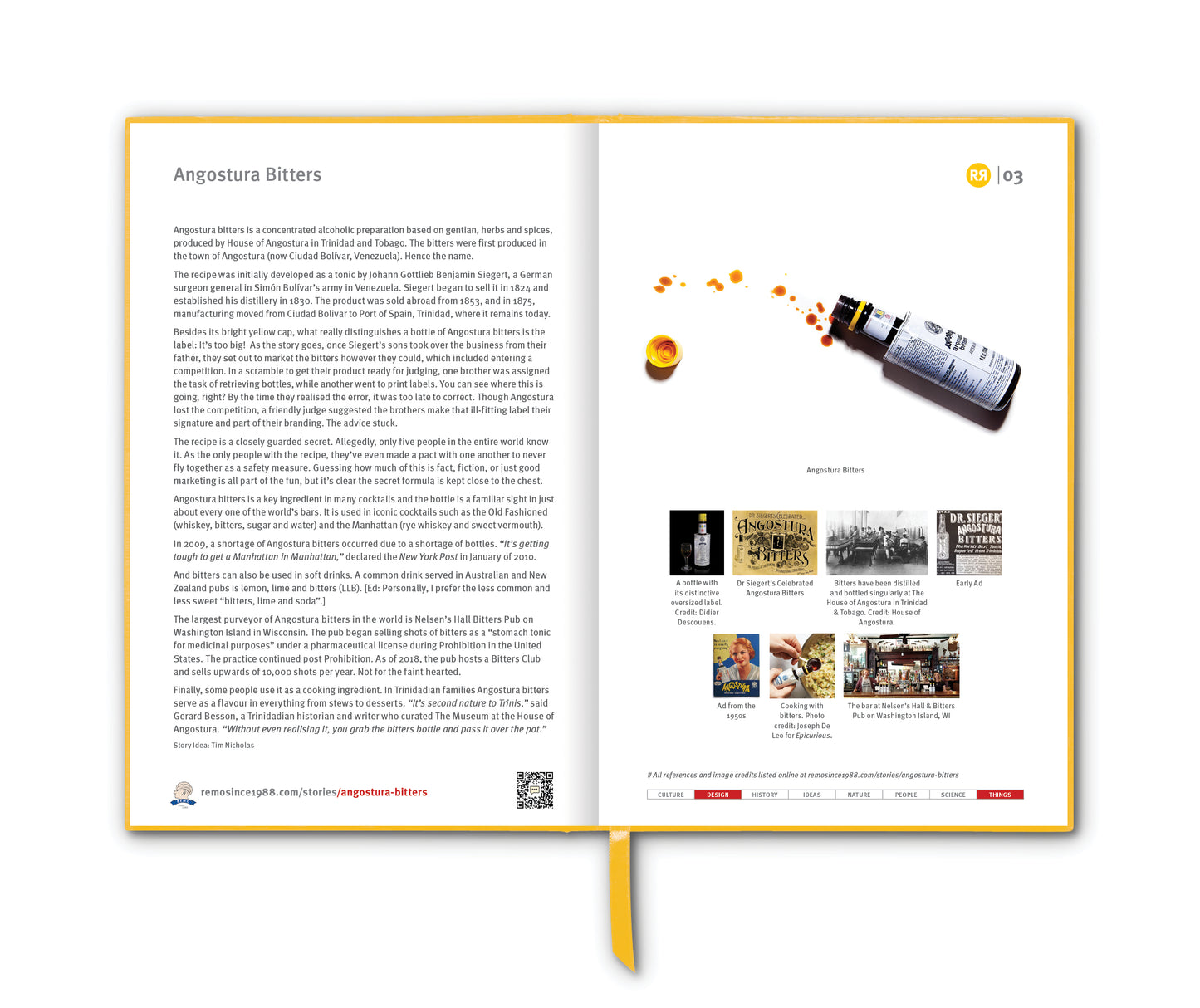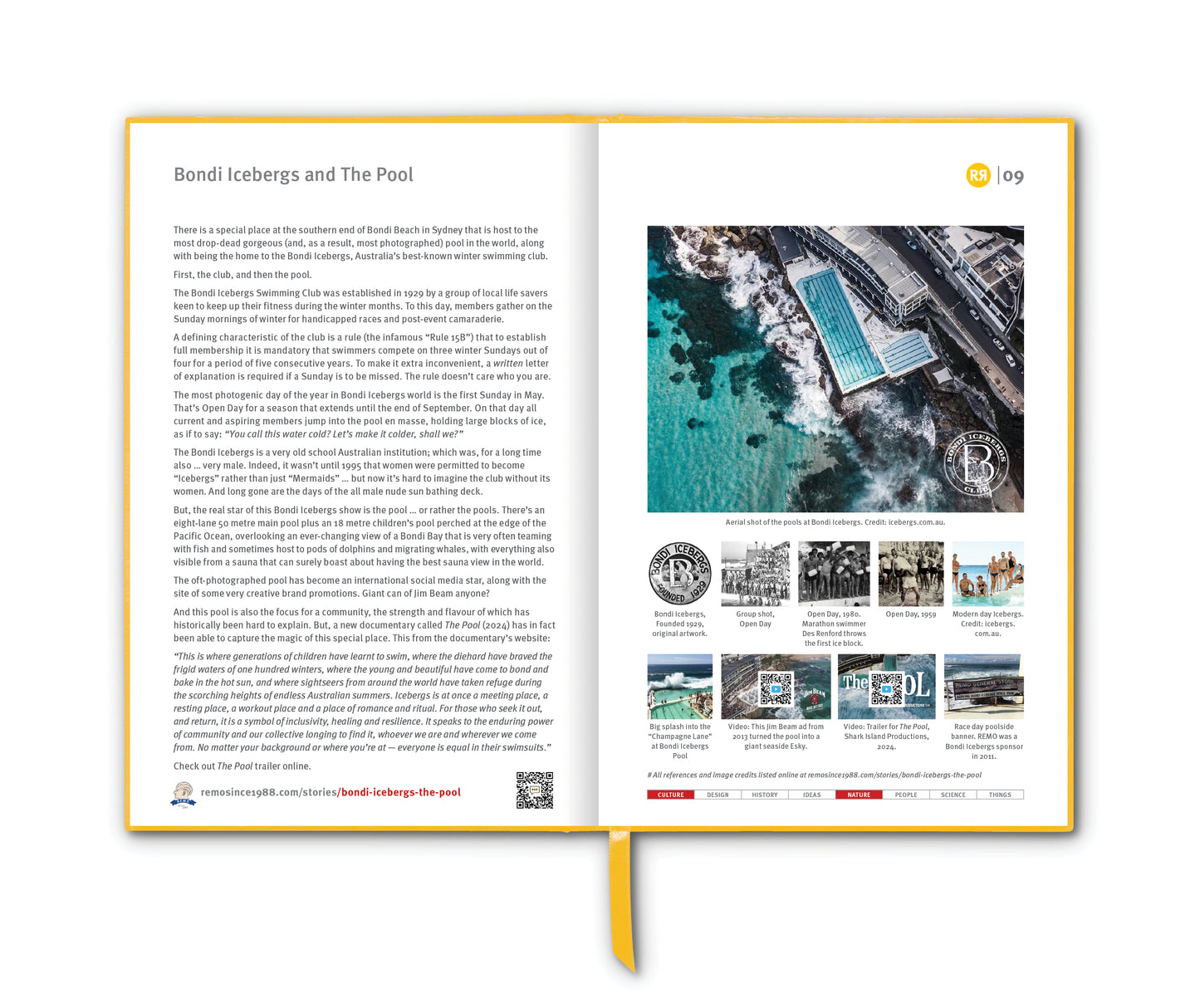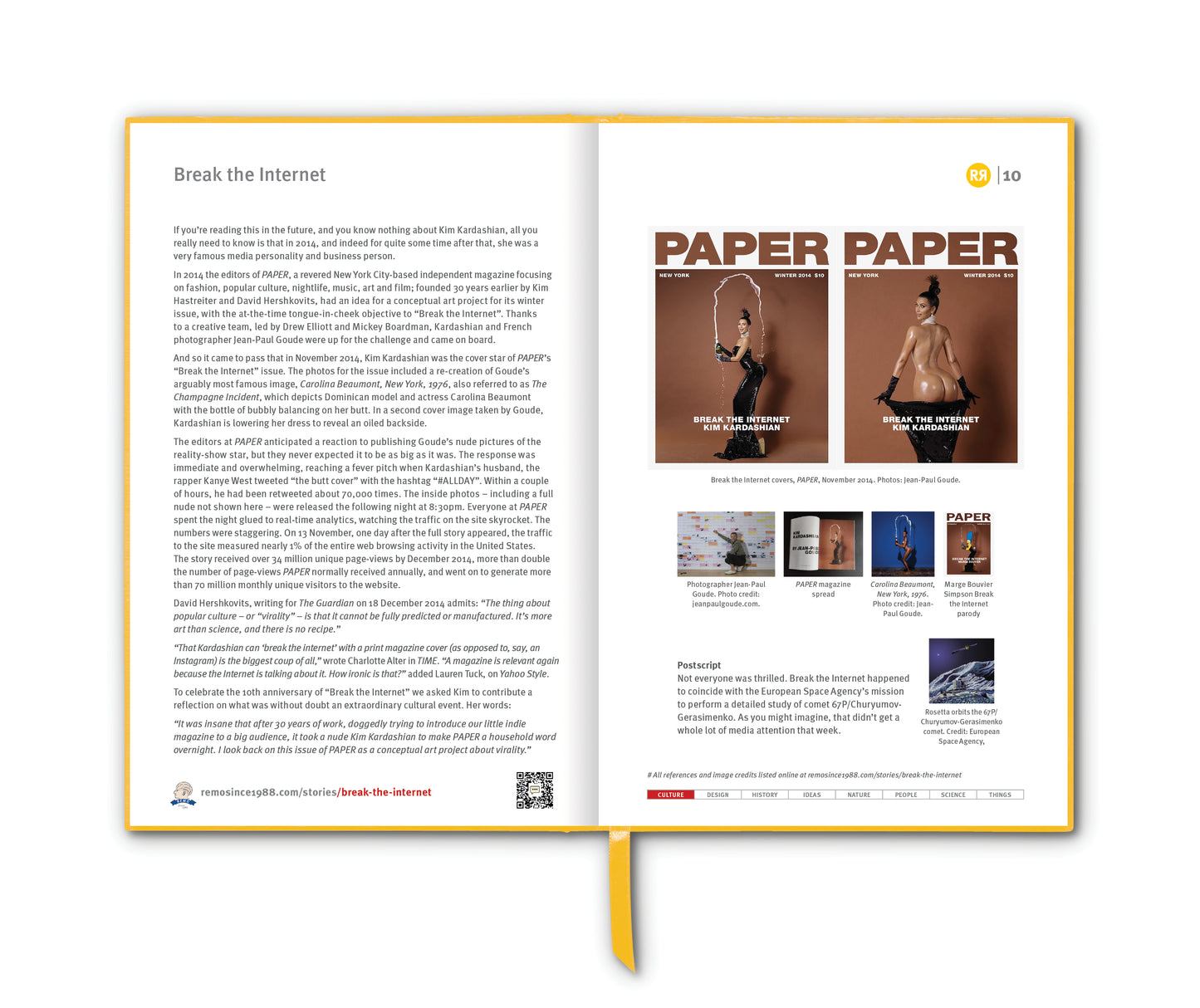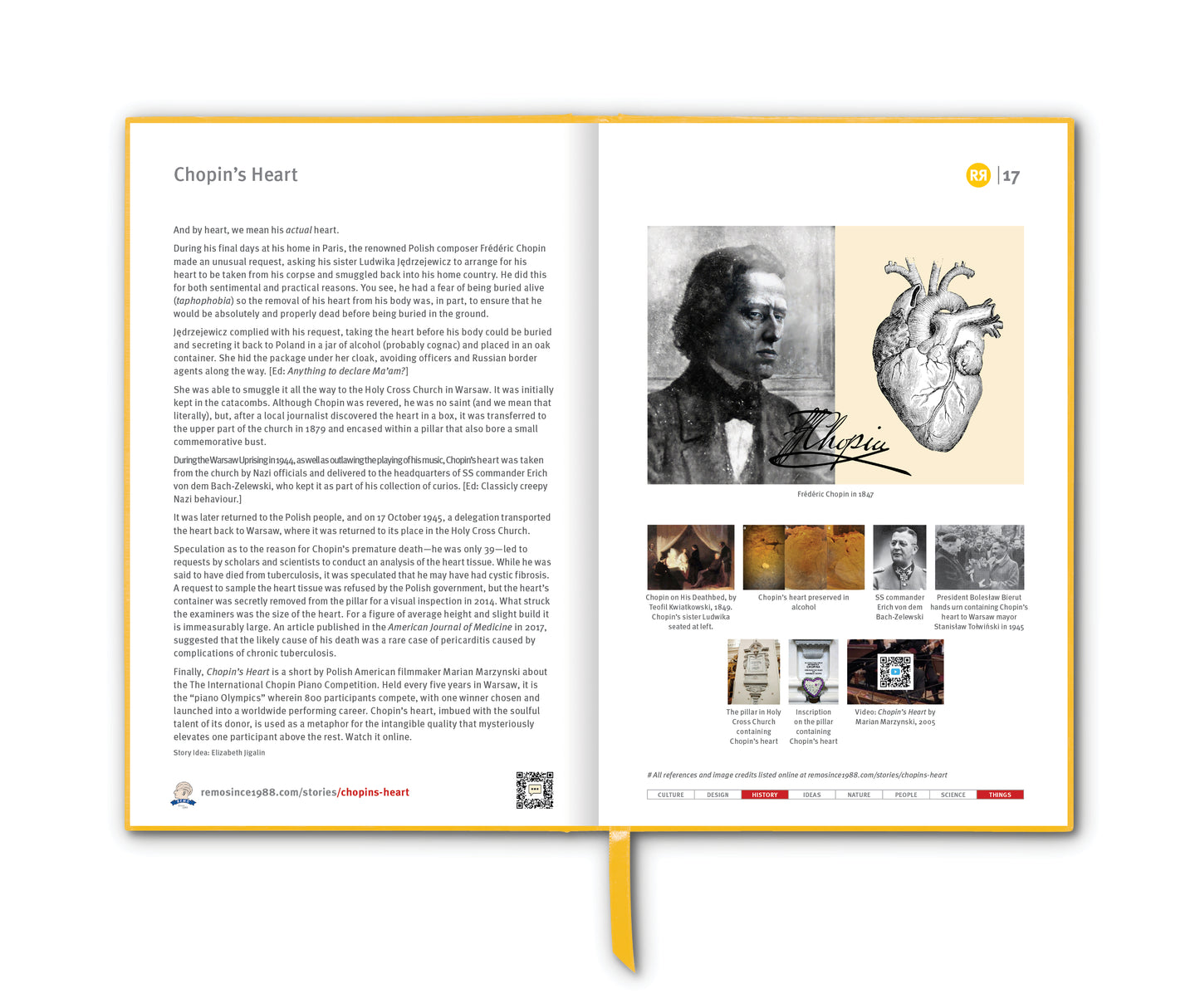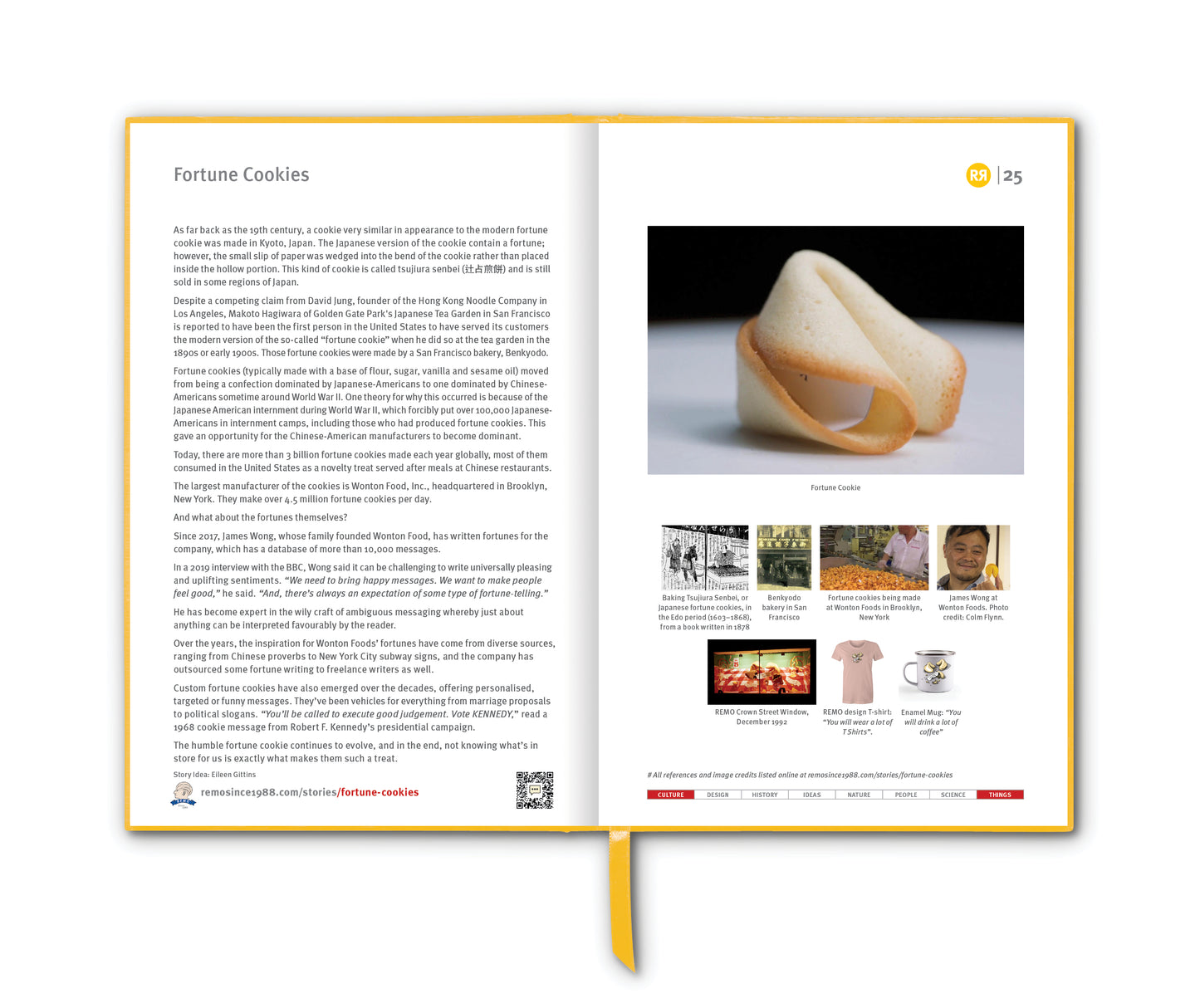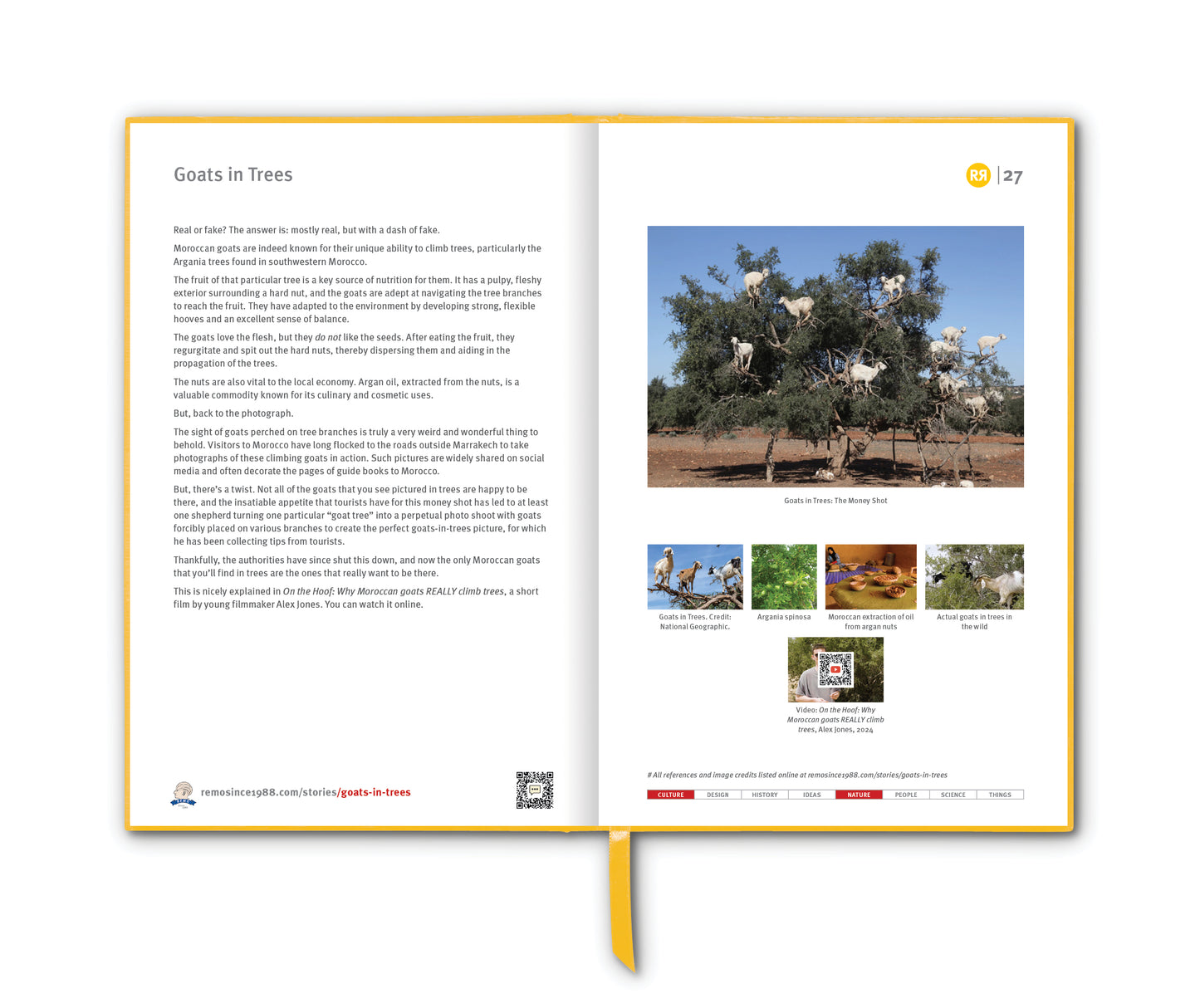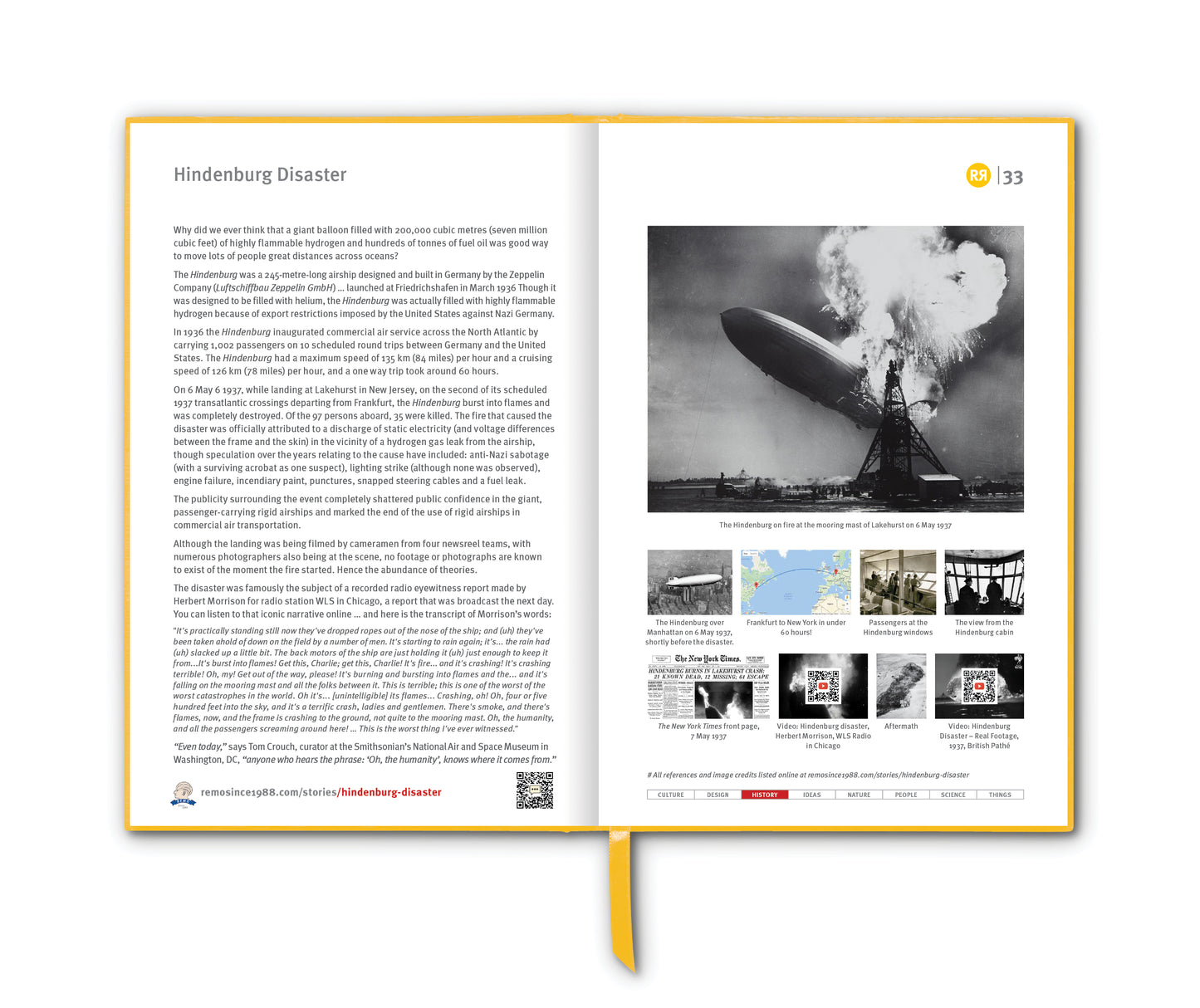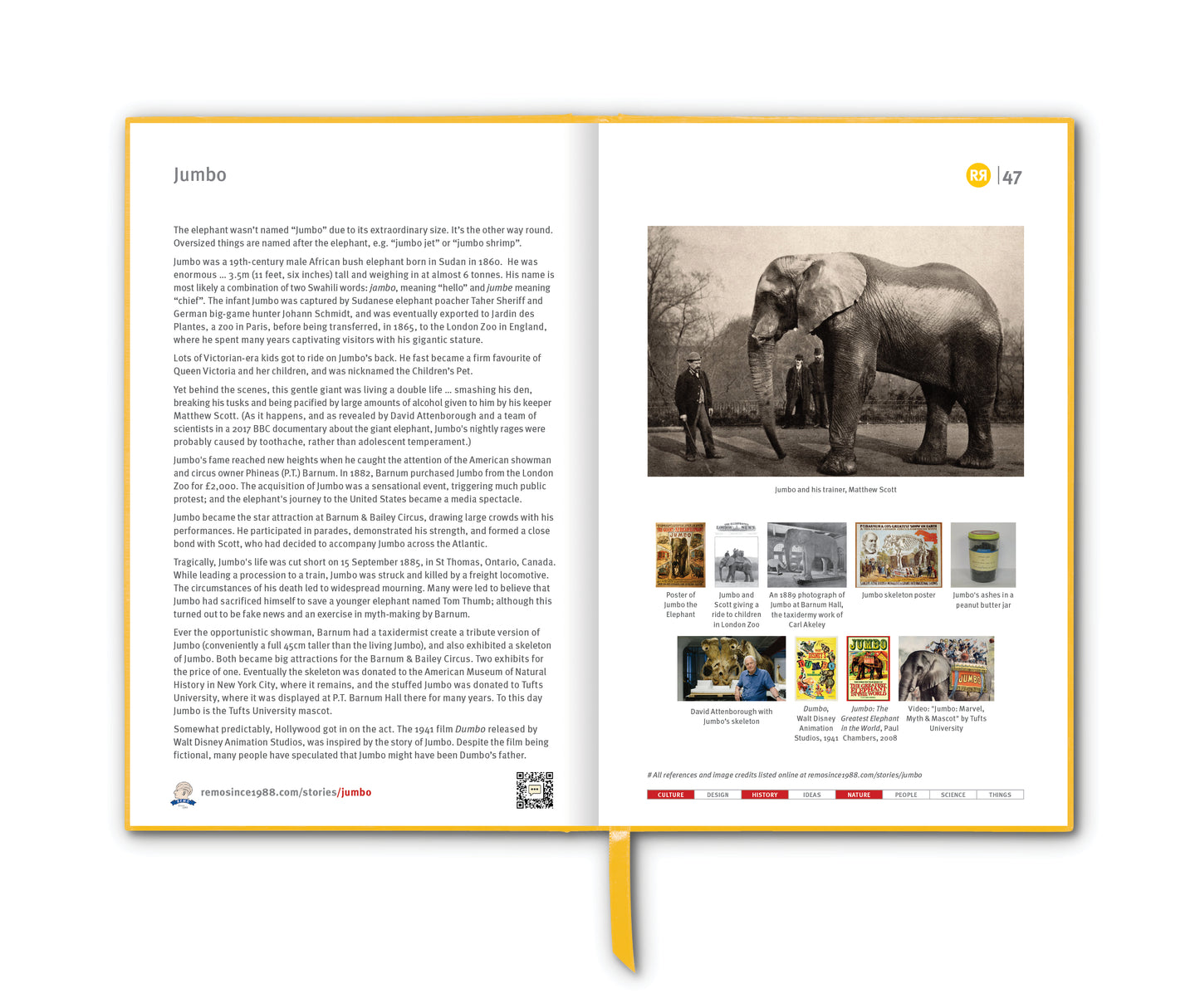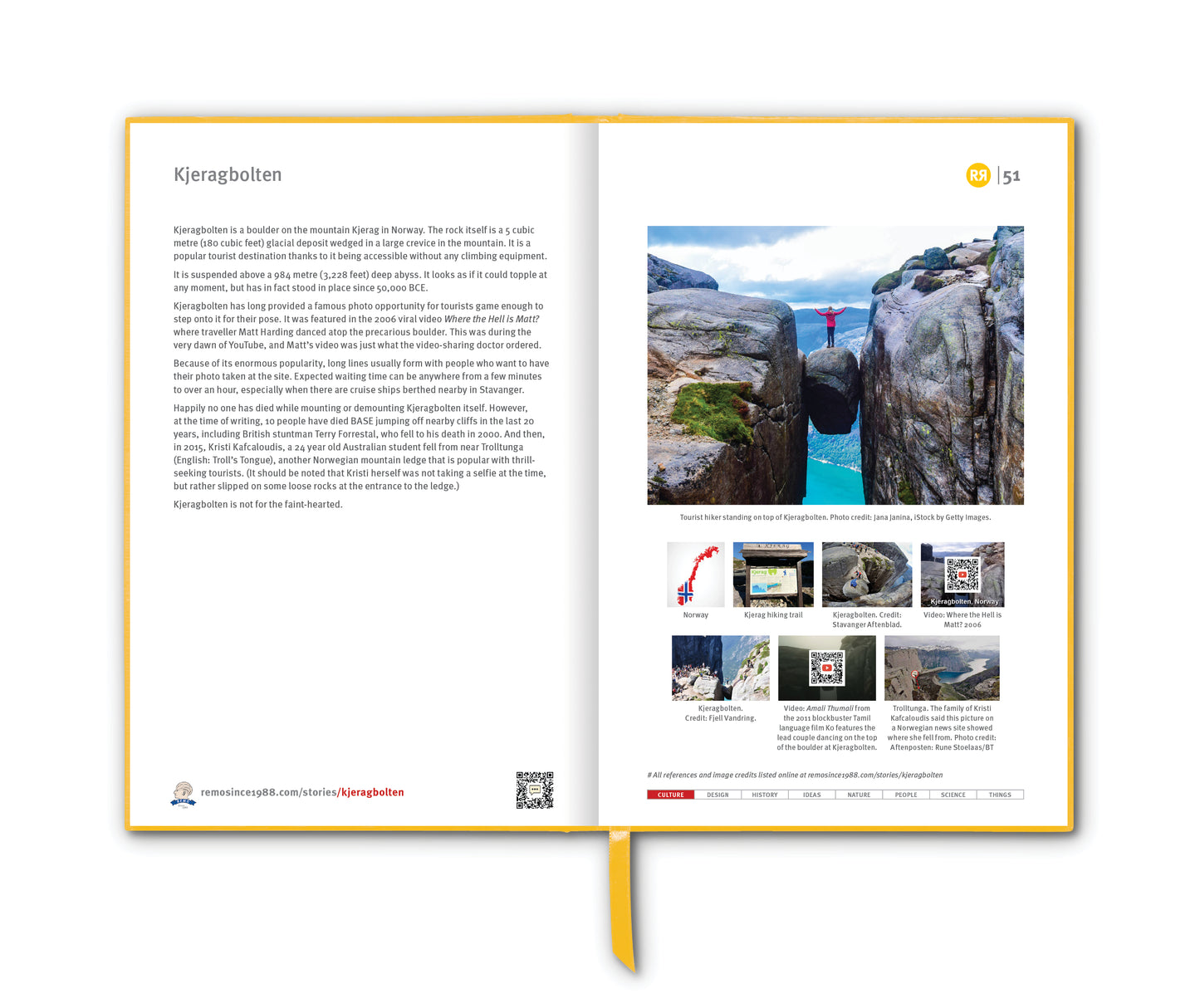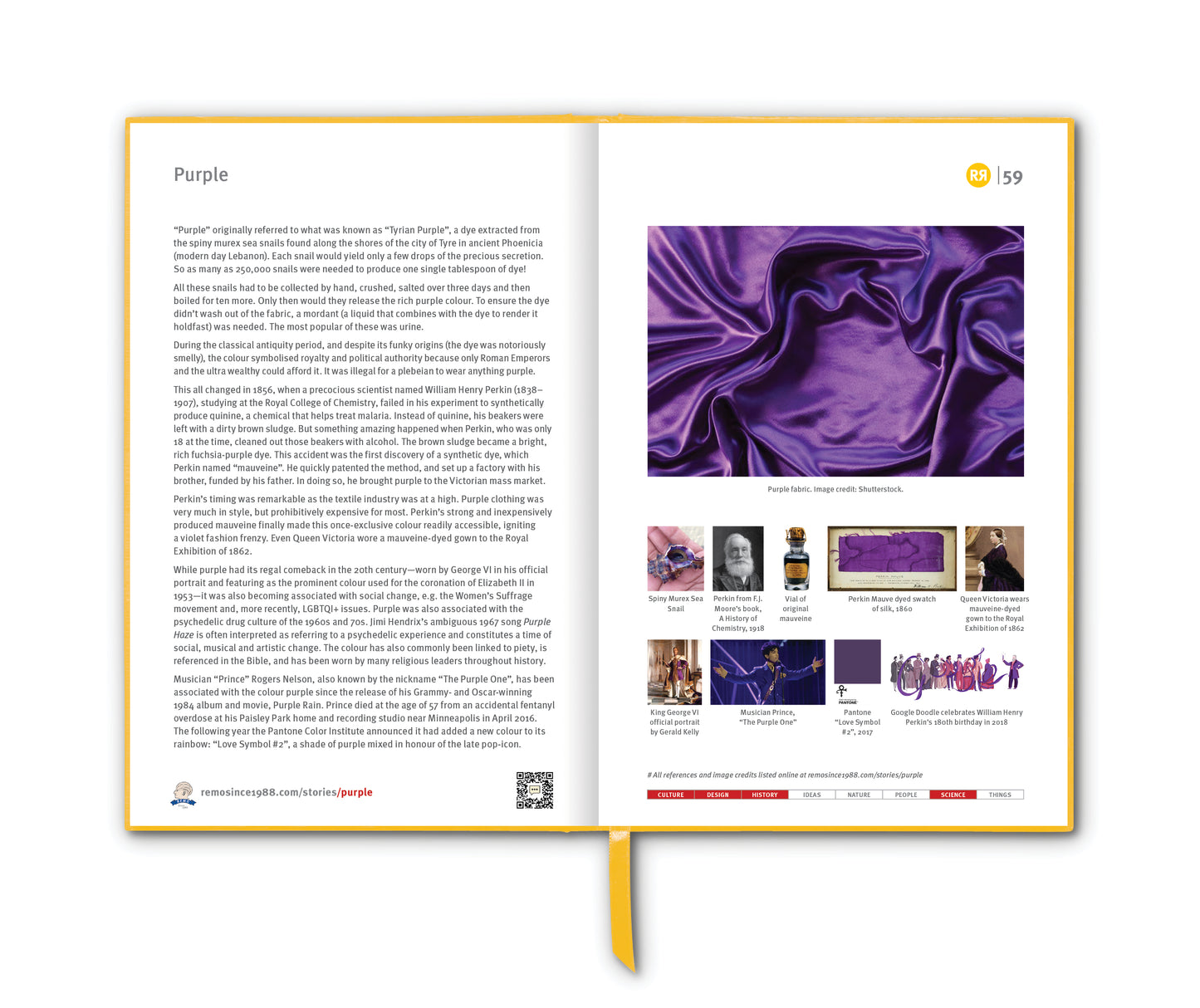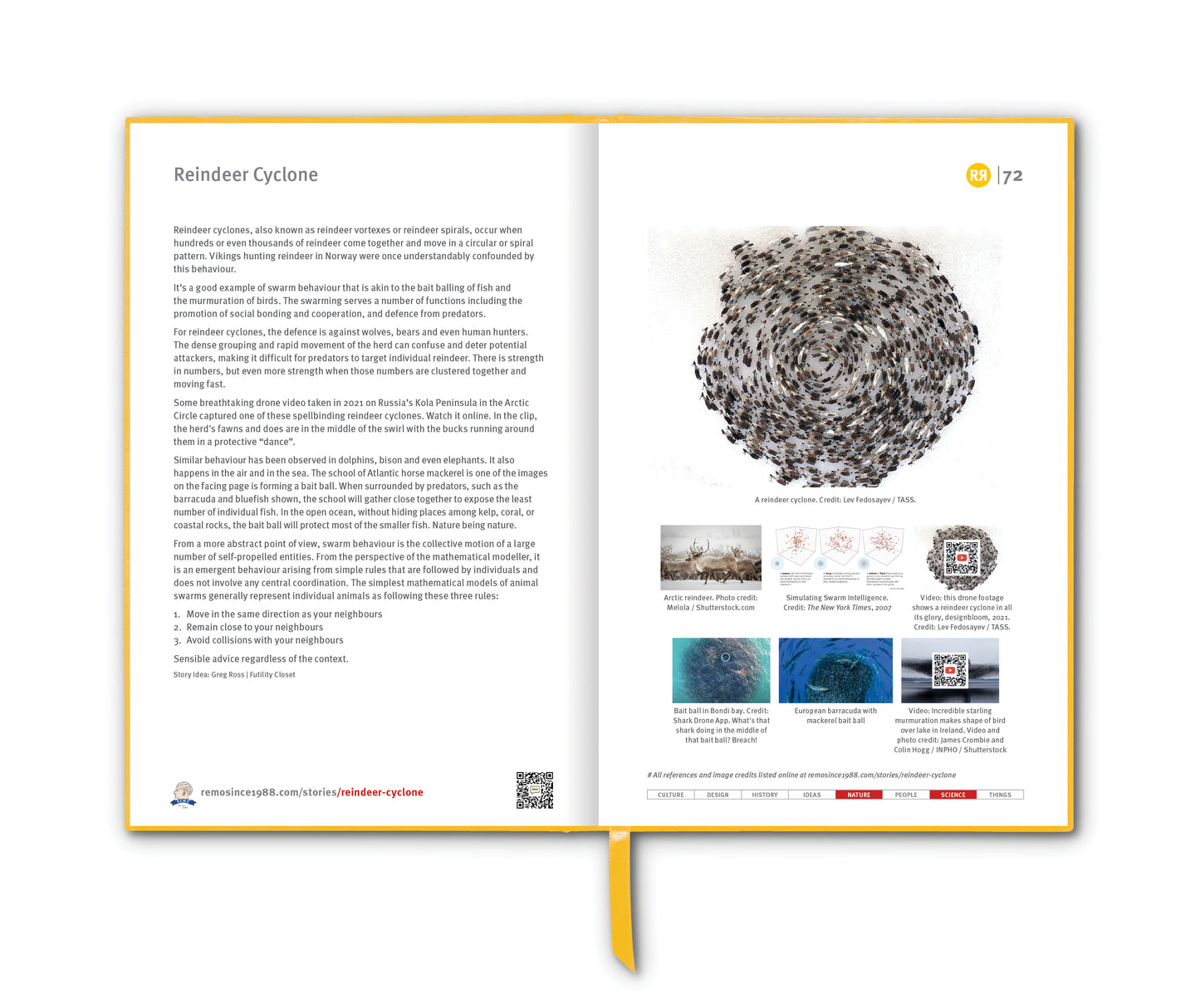During World War II, US Marines from the Navajo Nation transmitted top secret messages using a code based on their language. The code was never broken.
The idea of using Navajo for military communication was proposed by Philip Johnston, a non-Navajo World War I veteran who had grown up on a Navajo reservation as the son of missionaries, and recognised the complexity and uniqueness of the language. Navajo was an unwritten language with no alphabet or written script, making it difficult for outsiders to learn or even understand. Johnston was among a very few non-Navajo who had enough exposure to it to understand some of its nuances.
Johnston met with the commanding general of the Amphibious Corps, Major General Clayton B. Vogel, and his staff. He staged simulated combat conditions, demonstrating that Navajo men could transmit and decode a three-line message in 20 seconds, compared to the 30 minutes it took the machines of the time.
So, thanks to Johnston and his successful pitch, in 1942 29 Navajo men were recruited by the US Marines to develop the code. They created a system that used Navajo words to represent military terms and phrases. For example, the Navajo word for turtle represented a tank, and chicken hawk represented a dive-bomber. They also created an alphabet system using Navajo words for letters … with the added complexity whereby three different Navajo words corresponded to each letter. For example the letter P could either be represented by Pcla-Gi-Aih meaning pant or Bi-So-Dih meaning pig or Ne-Zhoni meaning pretty.
As already mentioned, the Navajo code was so secure that it was never broken by enemy forces, including the Japanese, who were skilled at cryptography.
Navajo Code Talkers served in numerous key battles, including the Battle of Iwo Jima [Ed: You know the photograph, the one with the flag.] where their work contributed significantly to the success of US forces. Their quick and accurate communication helped save lives and ensure tactical advantages in combat situations.
Major Howard Connor, 5th Marine Division signal officer, had six Navajo code talkers working around the clock during the first two days of the battle. These six sent and received over 800 messages, all without error. Connor later said: "Were it not for the Navajos, the Marines would never have taken Iwo Jima."
Ironically, the US military was deriving benefit from languages that the US government had long been working to eradicate. As part of a broader campaign of forced assimilation, Native American children had for decades been pushed into boarding schools that forbade – and punished – them for speaking their home languages. Now, on the field of battle, those same languages were saving lives.
Despite their vital contributions, the Code Talkers' efforts were classified for many years after the war. It wasn't until 1968 that their role was declassified, and only later did they receive formal recognition. In 2001, surviving Navajo Code Talkers were awarded Congressional Gold and Silver Medals for their service.
The last of the original 29 Navajo code talkers who developed the code, Chester Nez, died on 4 June 2014.
Postscript
Navajo code for the name Philip Johnston: Ne-Zhoni-Lin-Tkin-Ah-Jad-Tkin-Ne-Zhoni Ah-Ya-Tsinne-A-Kha-Lin-A-Chin-Klesh-D-Ah-A-Kha-A-Chin
Story Idea: Eileen Gittins
_________________________
References
wikipedia.org/wiki/Code_talker
history.com/news/world-war-is-native-american-code-talkers
cia.gov/stories/story/navajo-code-talkers-and-the-unbreakable-code
Images
1. Navajo code talkers Cpl. Henry Bake, Jr. and PFC George H. Kirk transmit messages during combat on Bougainville, 1943. Credit: rarehistoricalphotos.com
2. Philip Johnston
3. A memorandum from Marine Corps Major General Clayton B. Vogel recommending the enlistment of 200 Navajo code. Credit: rarehistoricalphotos.com
4. Navajo code talkers in a Marine artillery regiment in the South Pacific, relay orders over a field radio in their native tongue
5. Navajo code names for planes
6. Code talkers with a Marine signal unit on Bougainville, December 1943
7. Raising the Flag on Iwo Jima. Photo: Joe Rosenthal
8. Code Talkers Monument Ocala, Florida Memorial Park
9. The Navajo Code Talker Memorial in Window Rock, Arizona
10. Navajo code talker veteran Thomas Begay with a framed picture commemorating National Navajo Code Talkers Day
11. Windtalkers is a 2002 American war film directed and co-produced by John Woo, starring Nicolas Cage received mixed reviews. The film was criticised for featuring the Navajo characters only in supporting roles.
